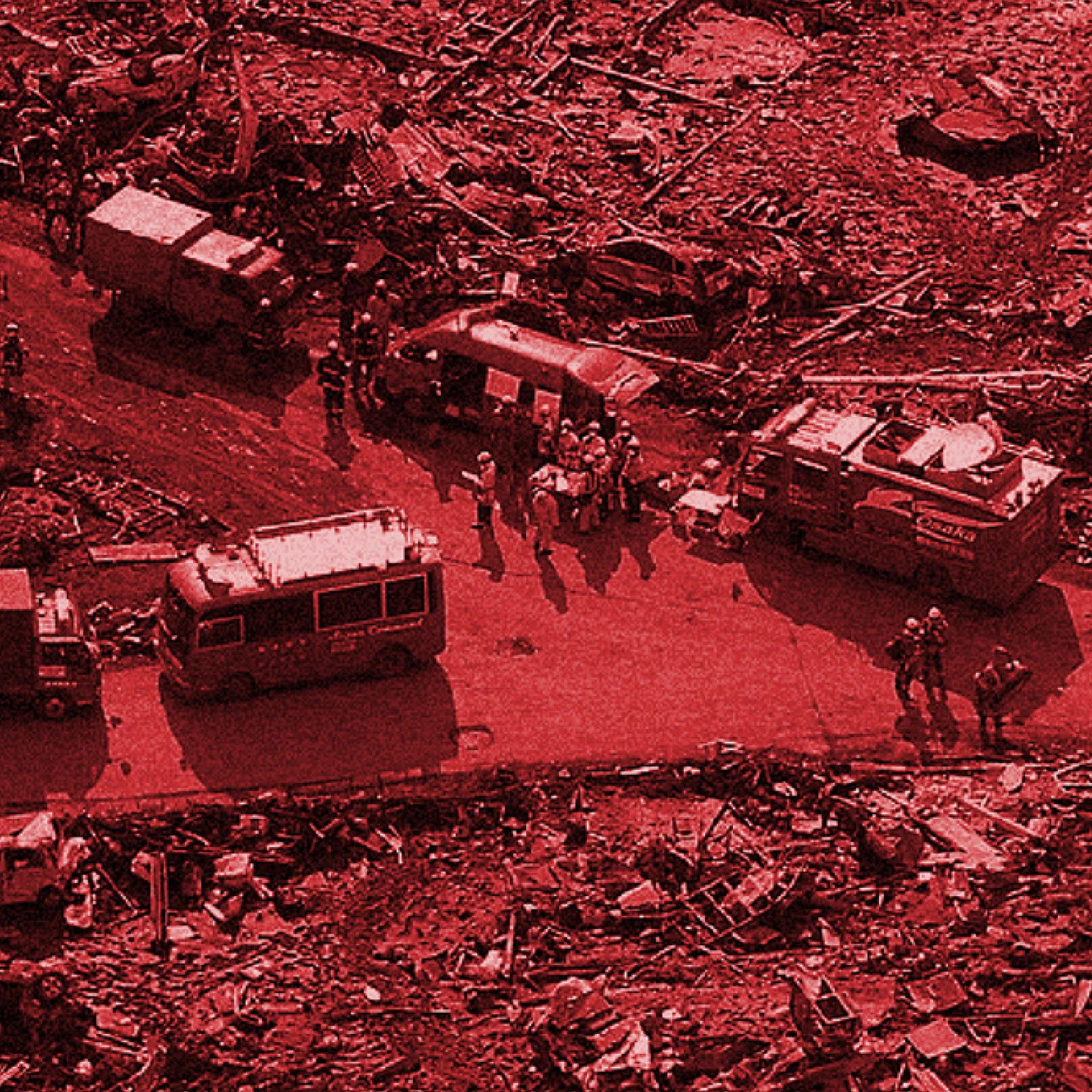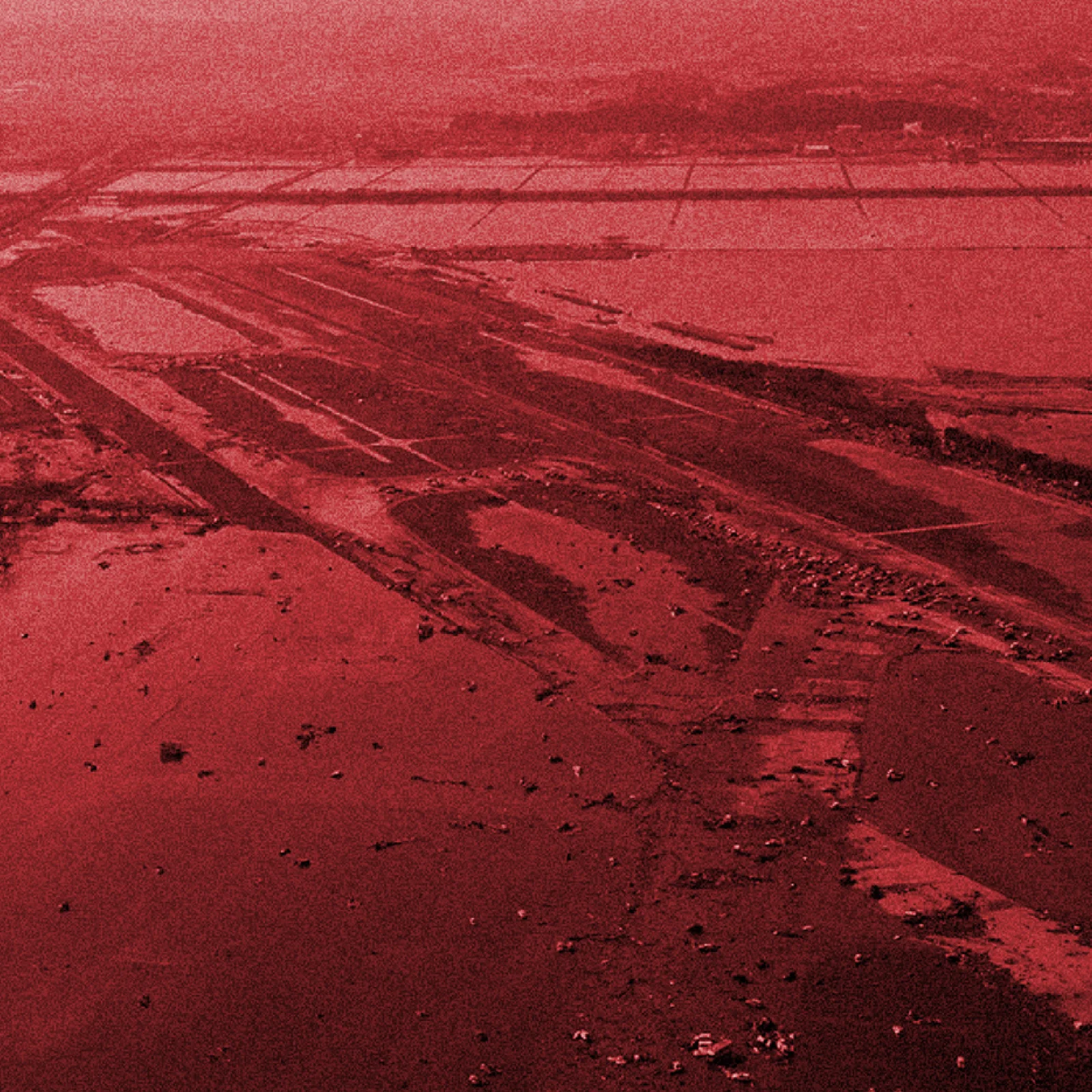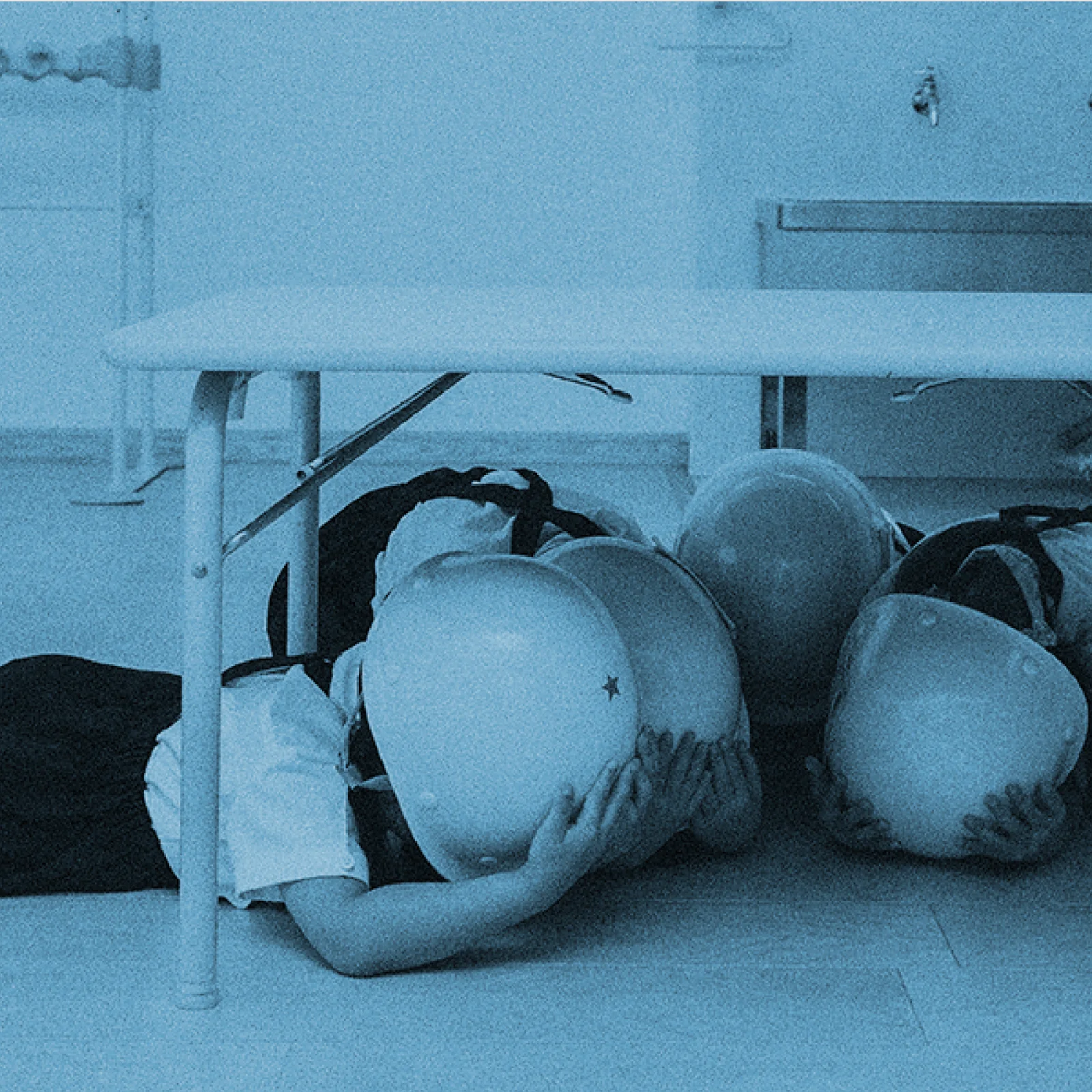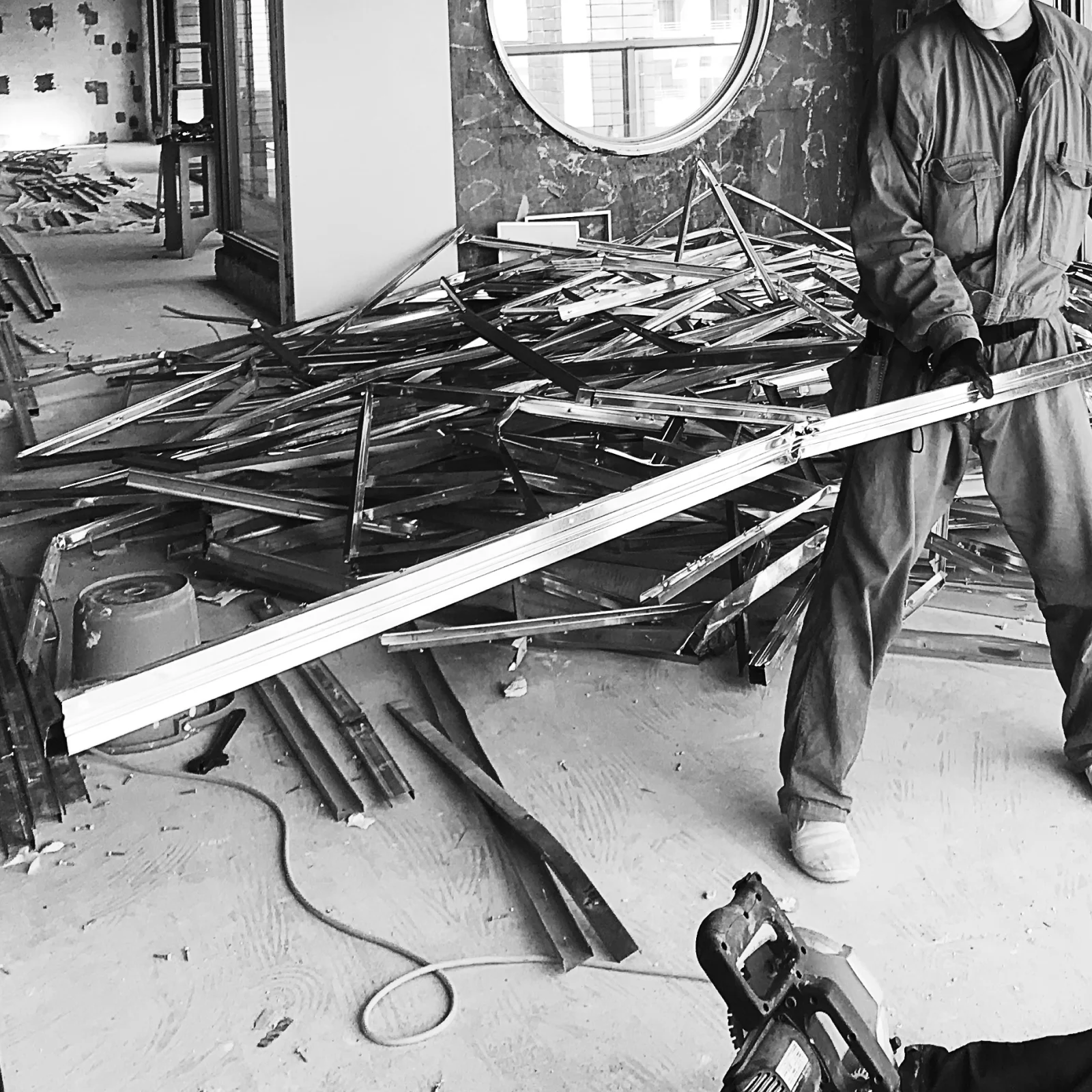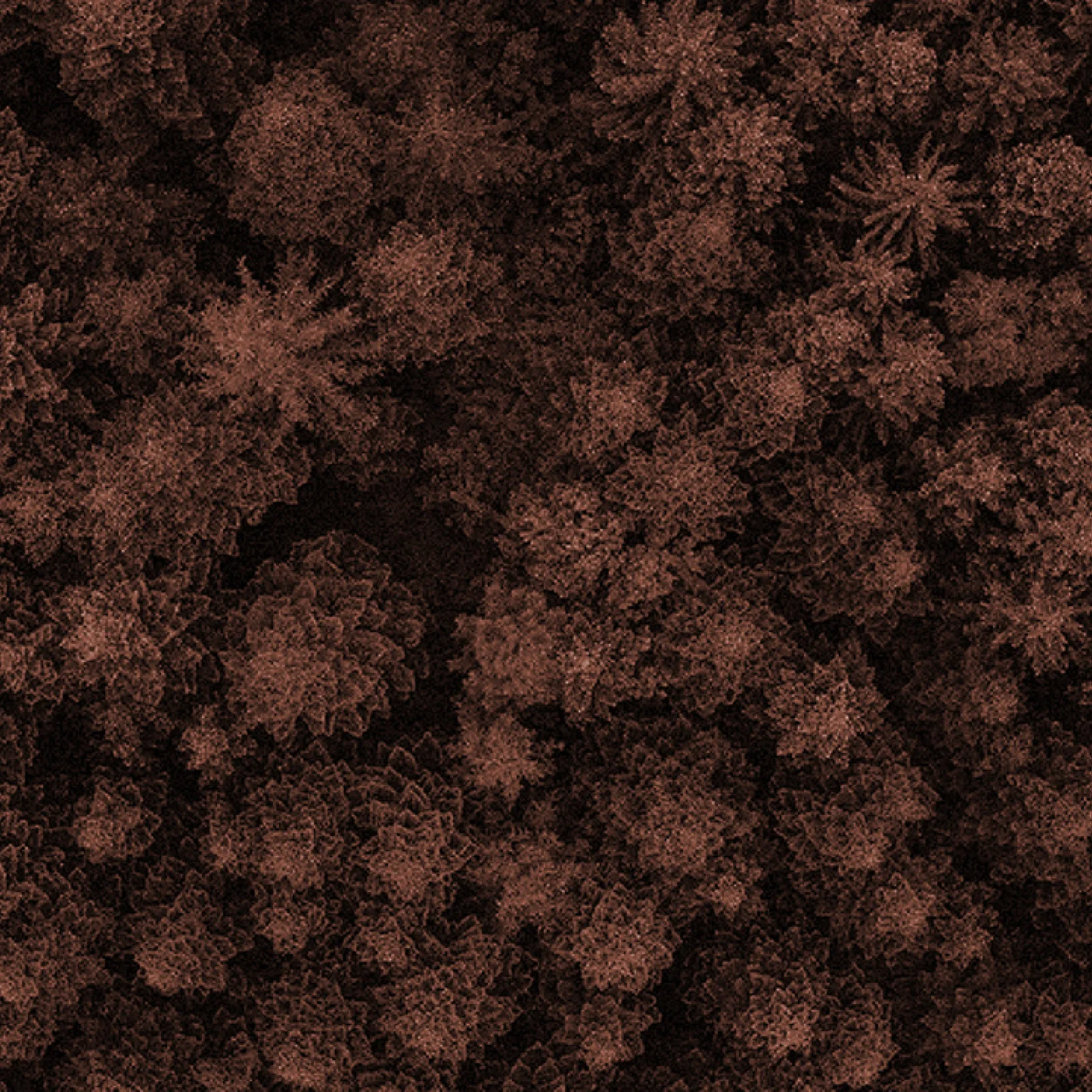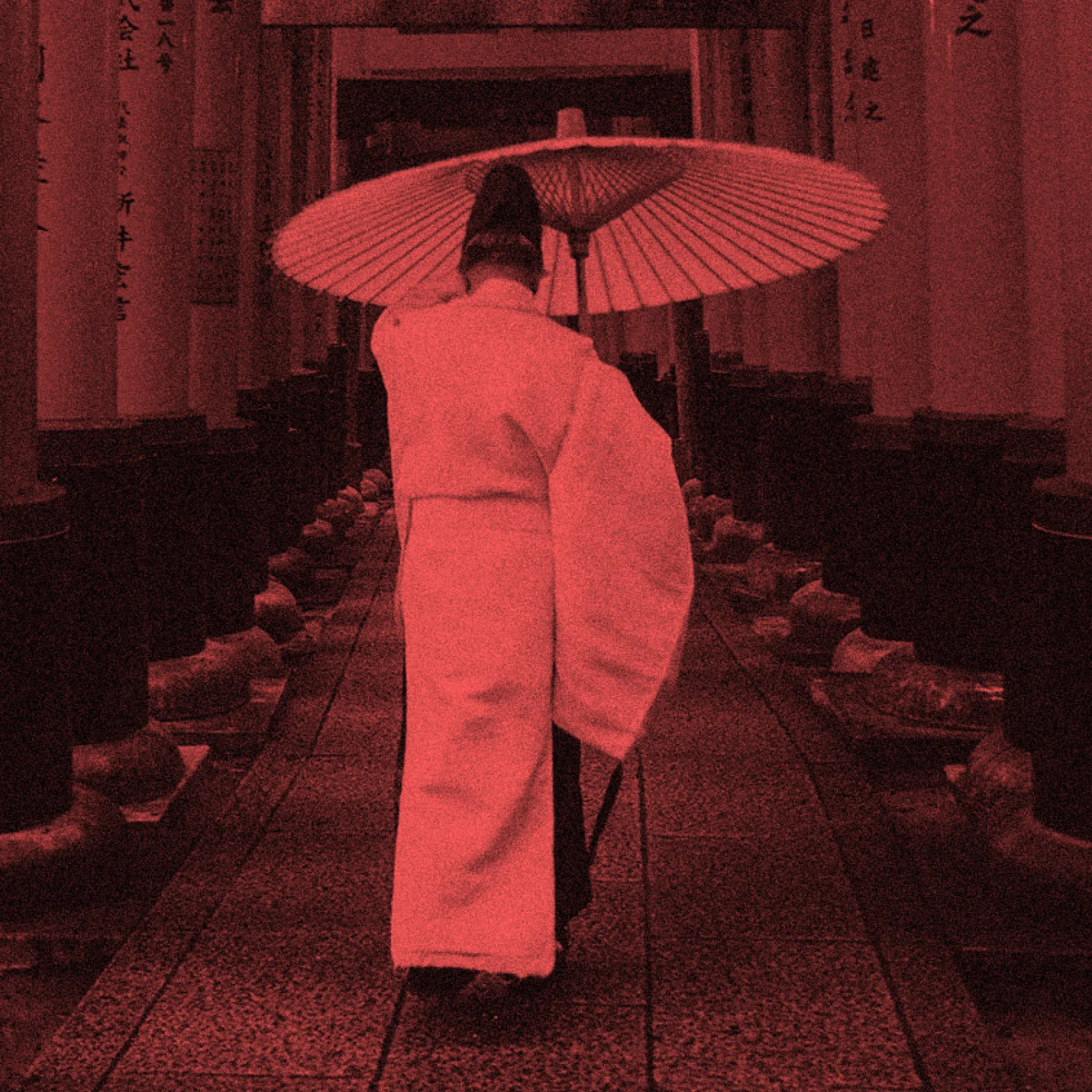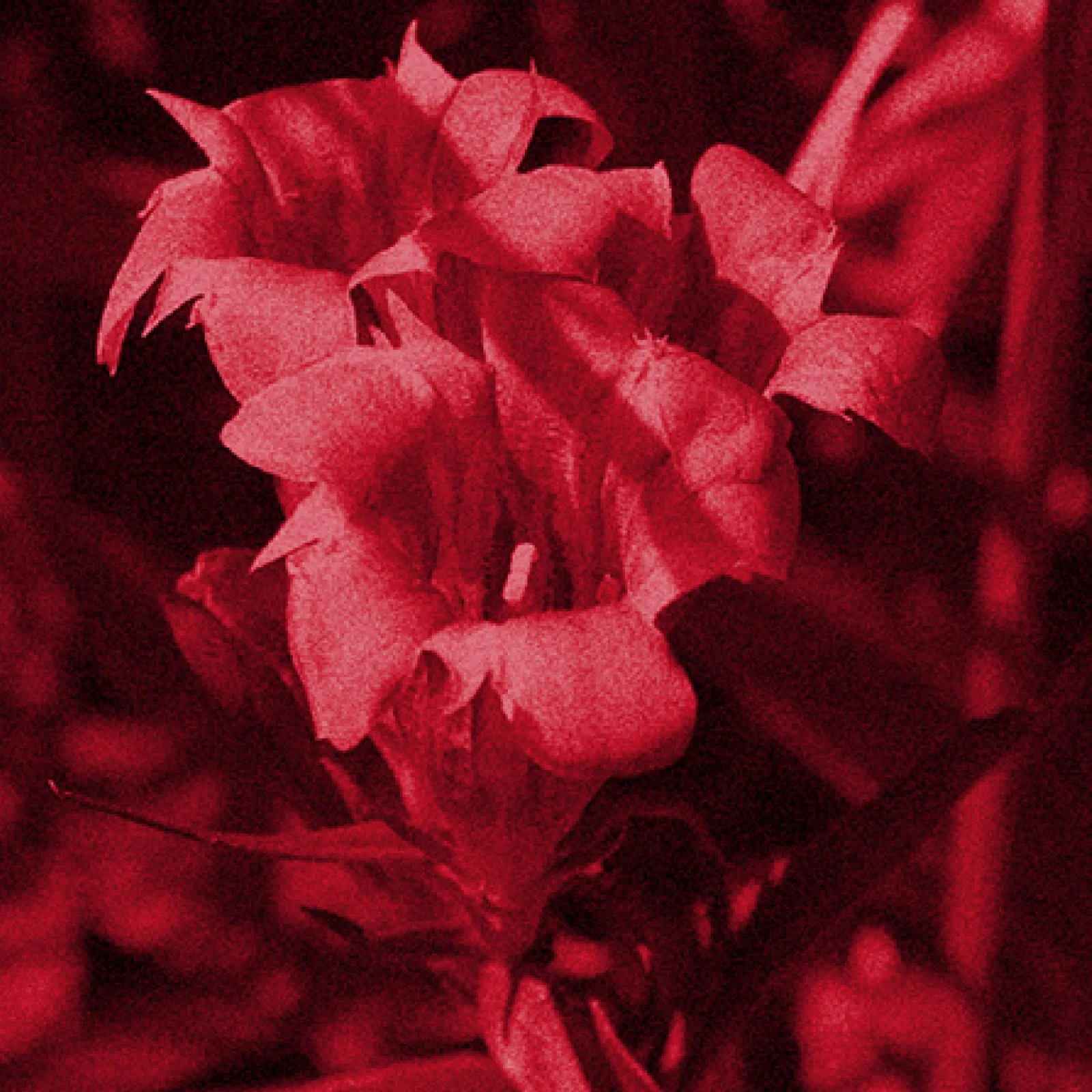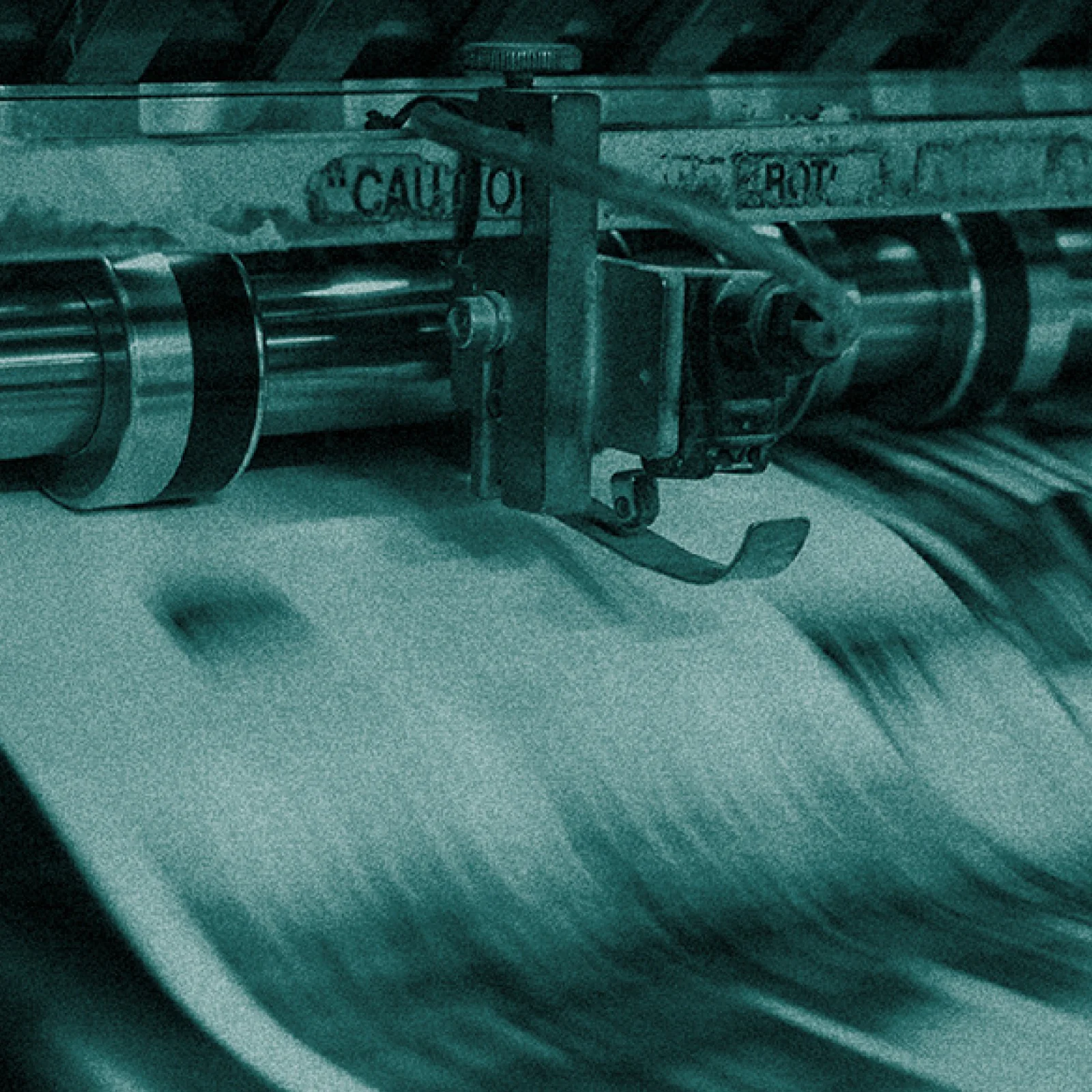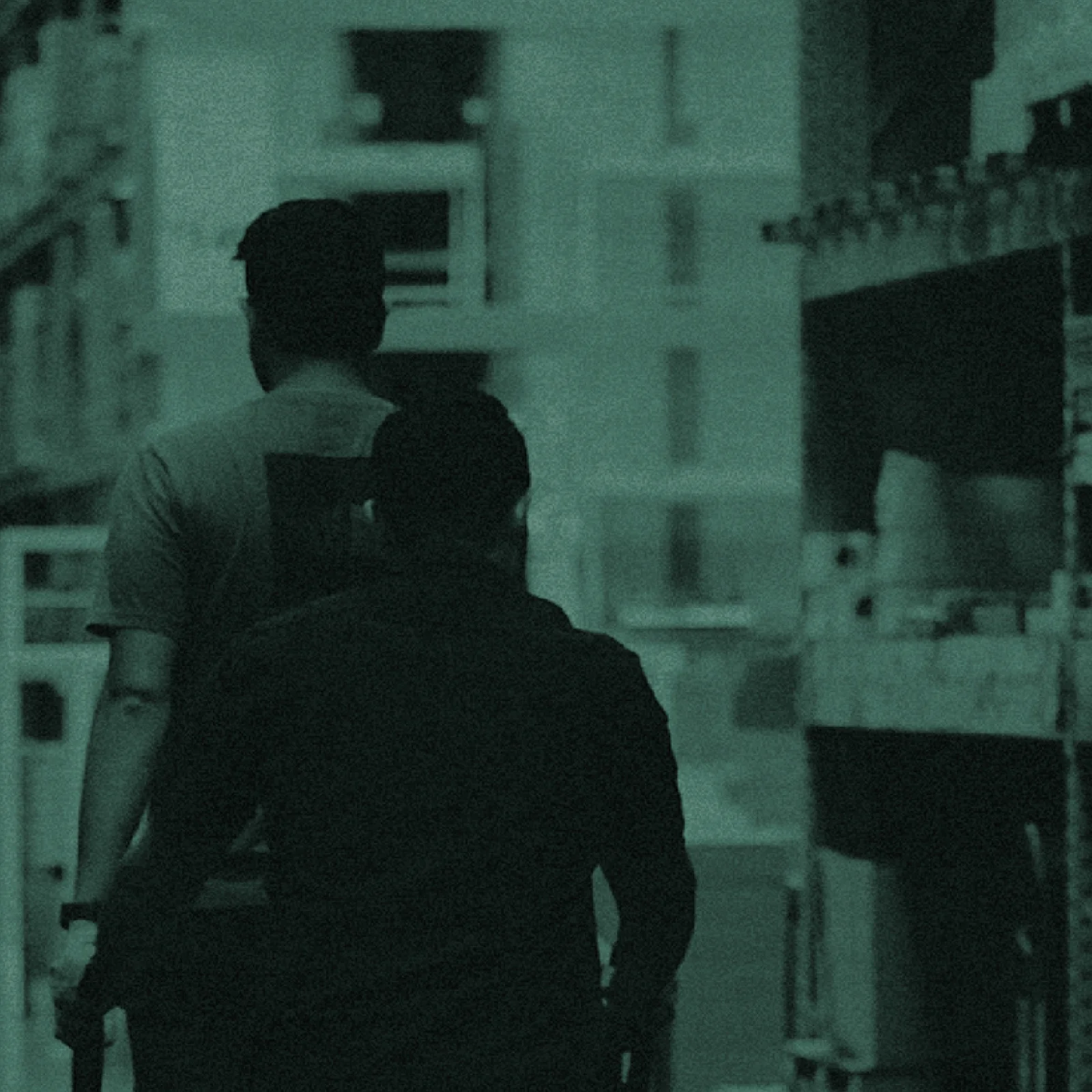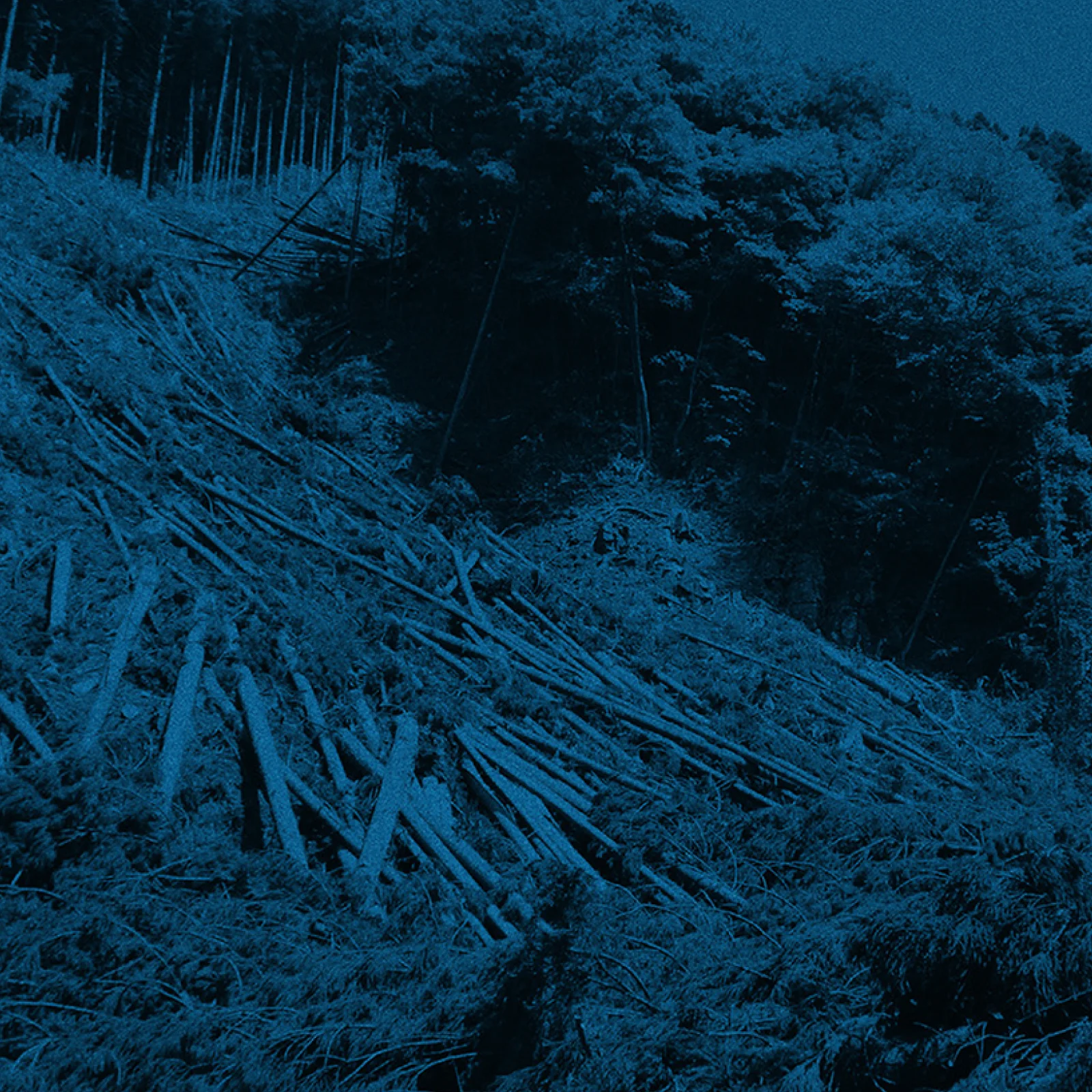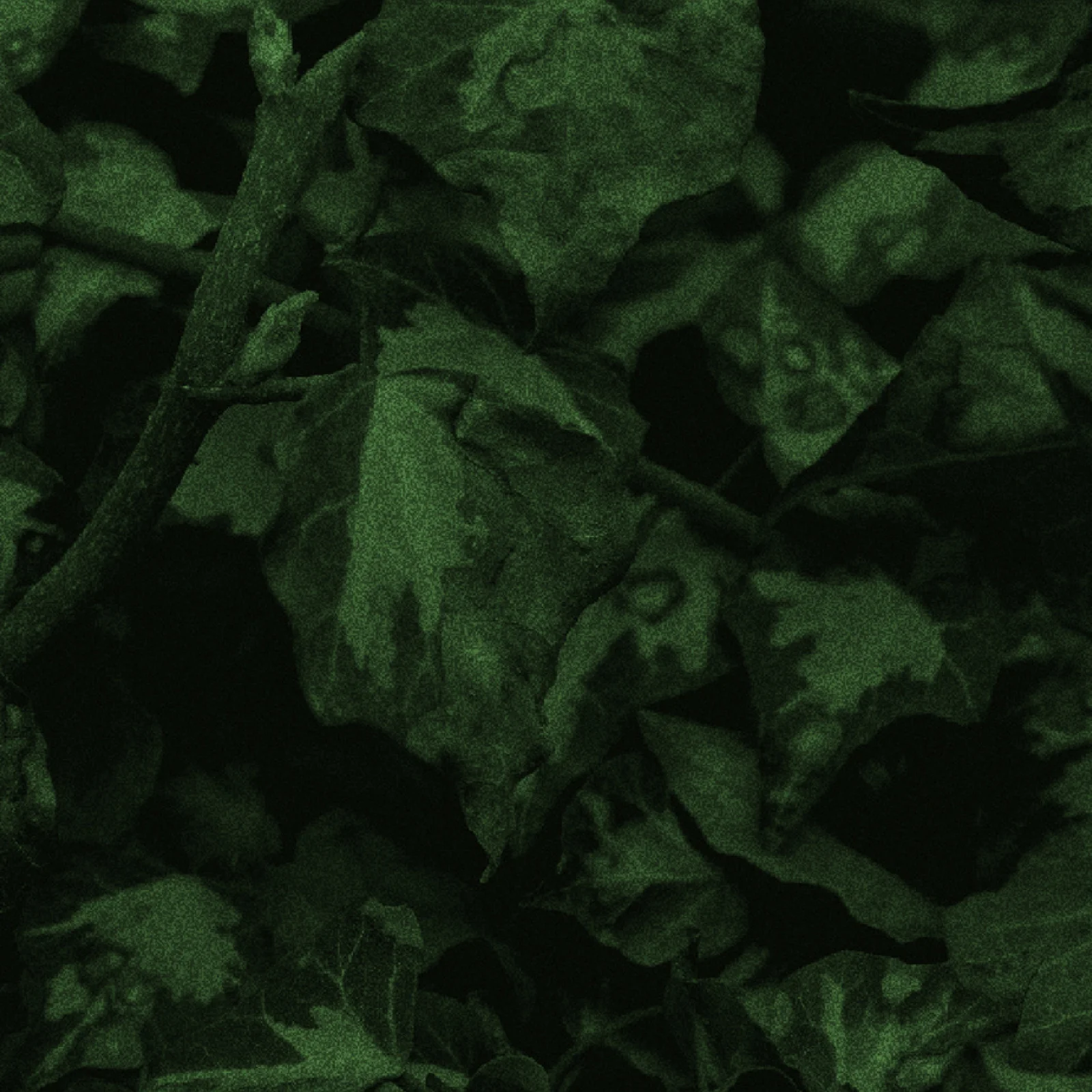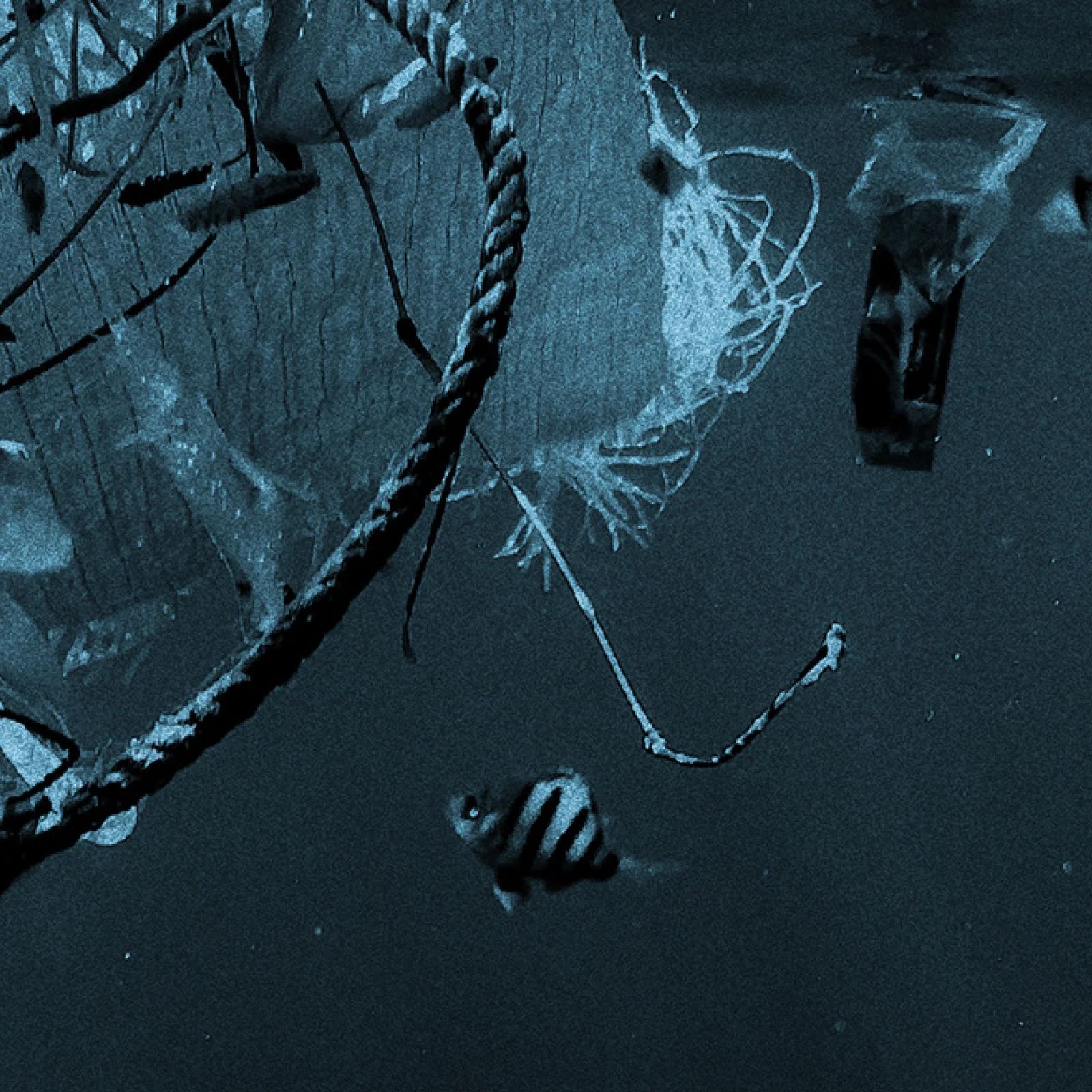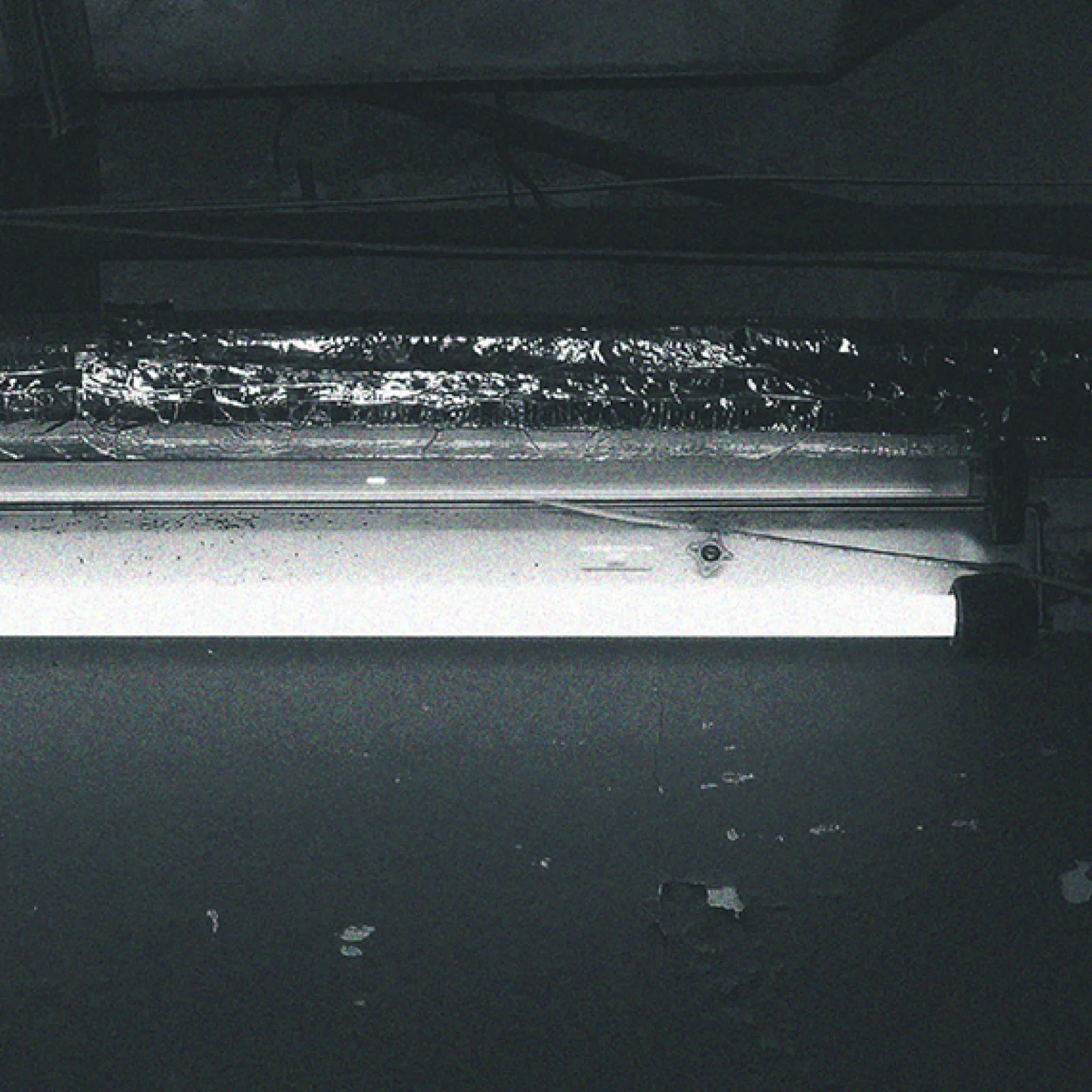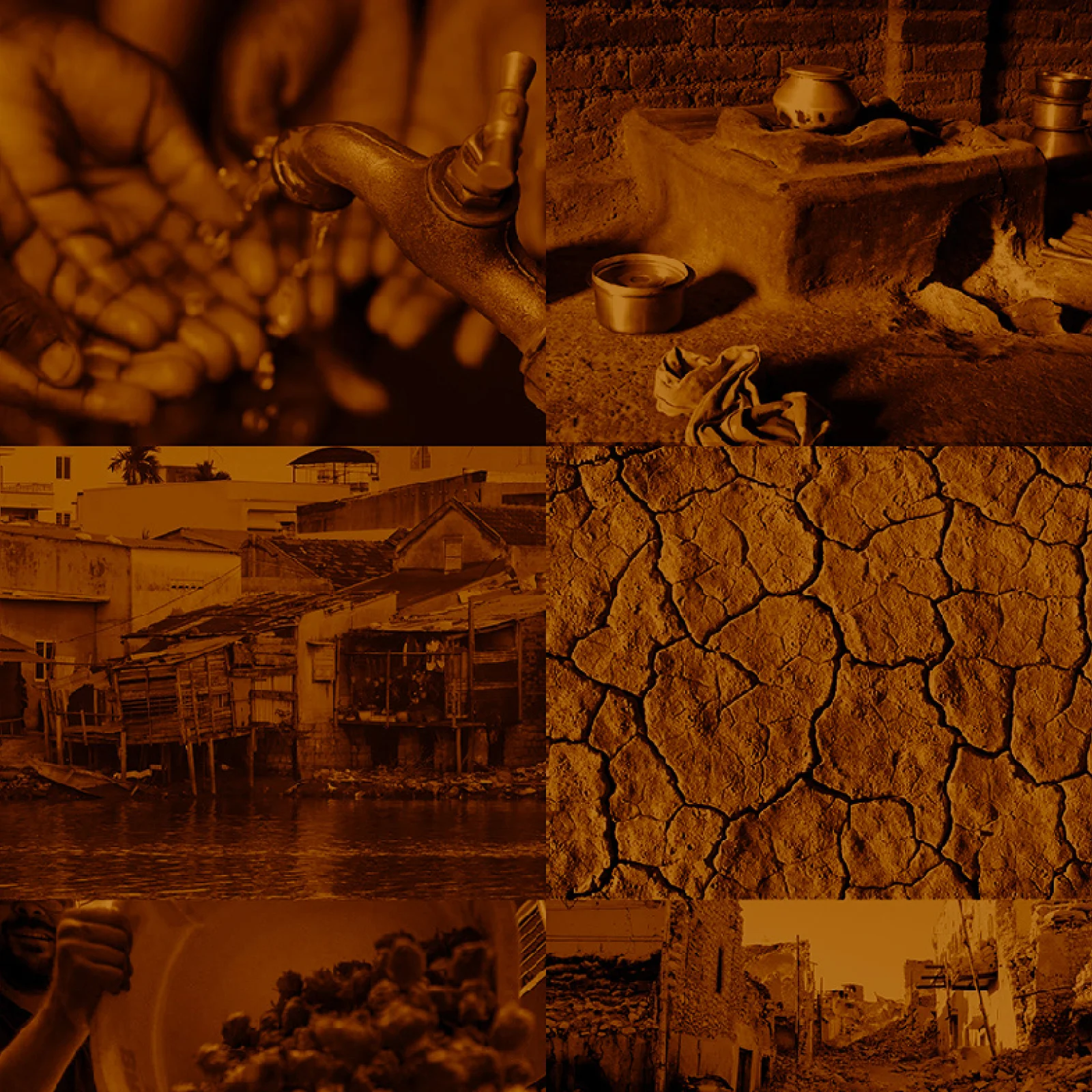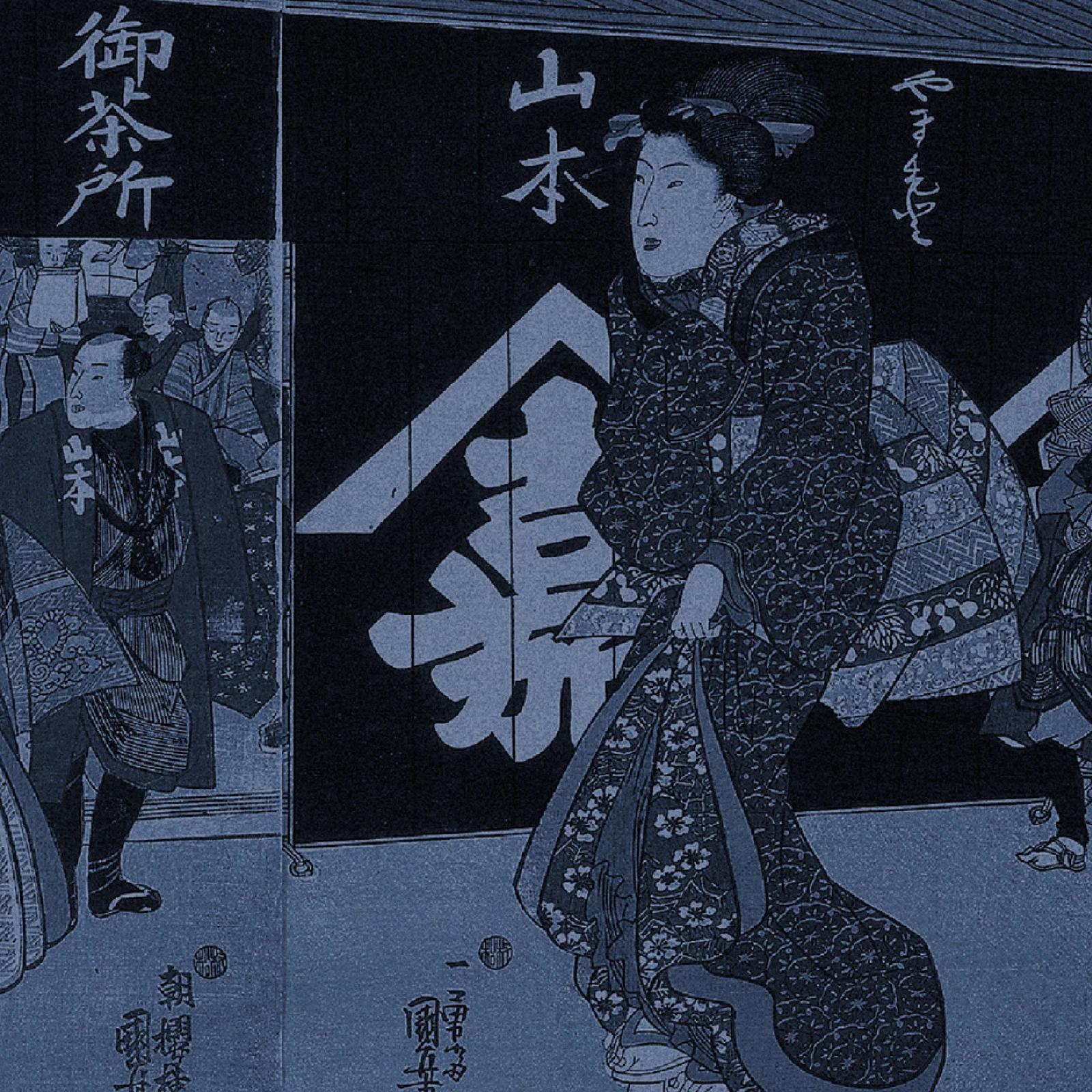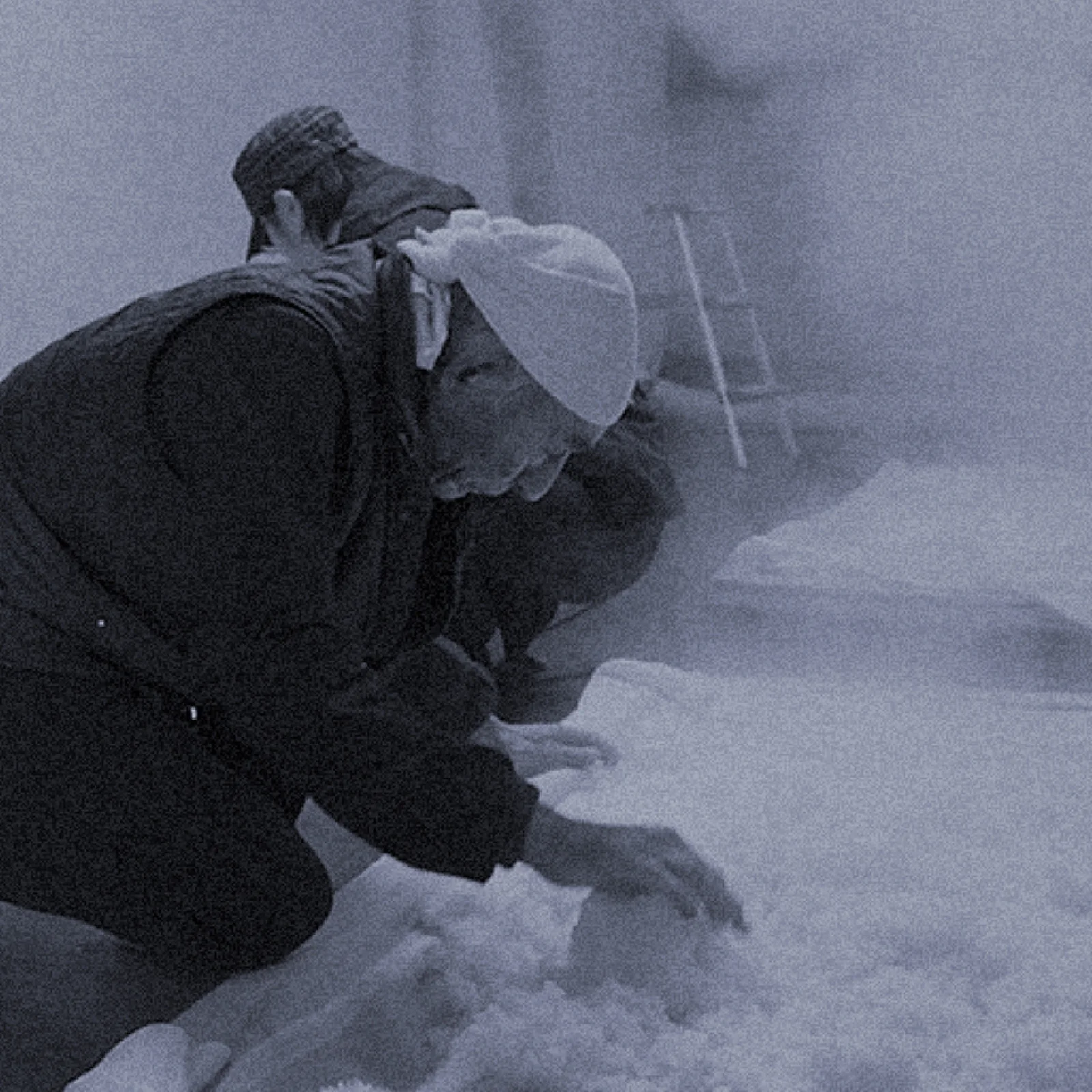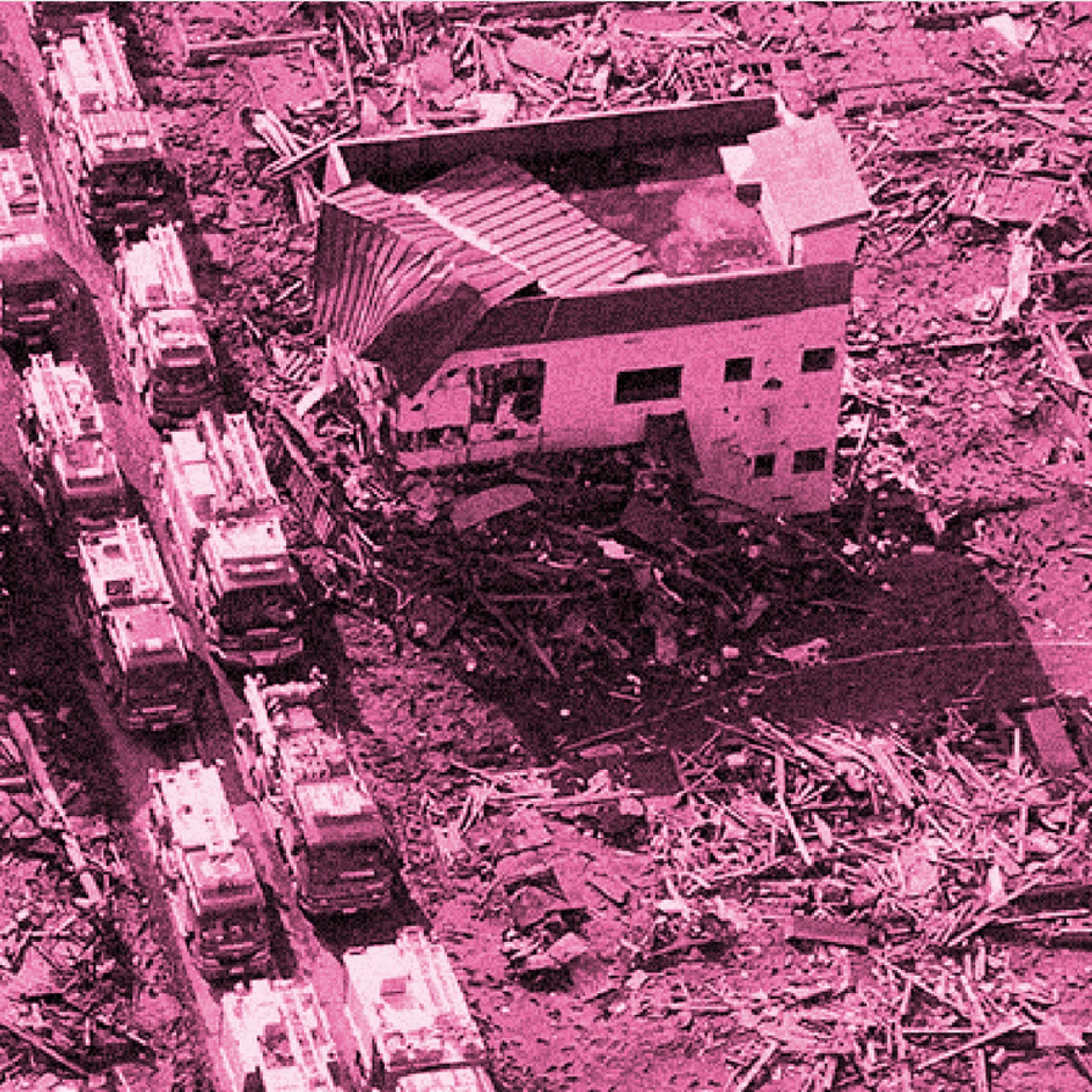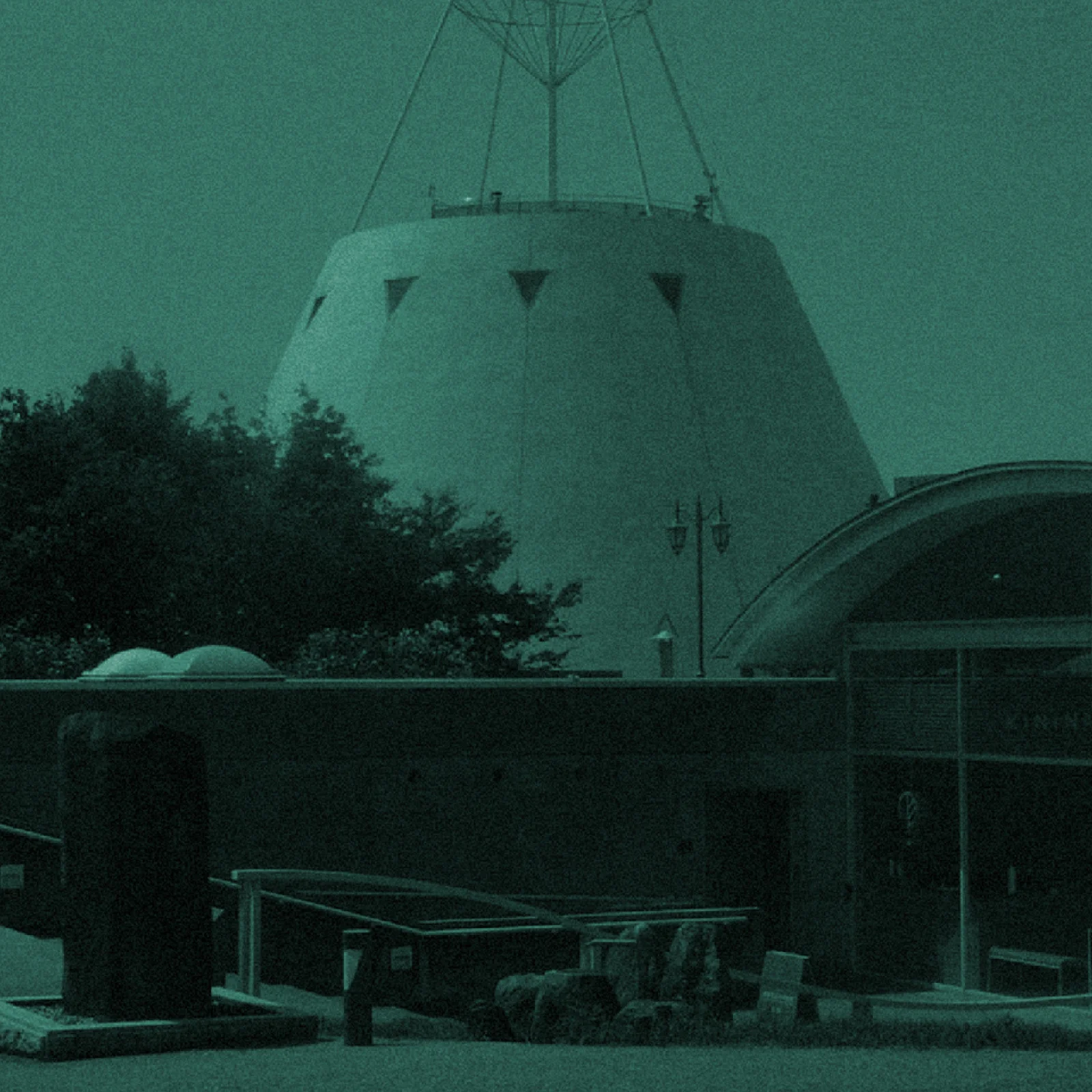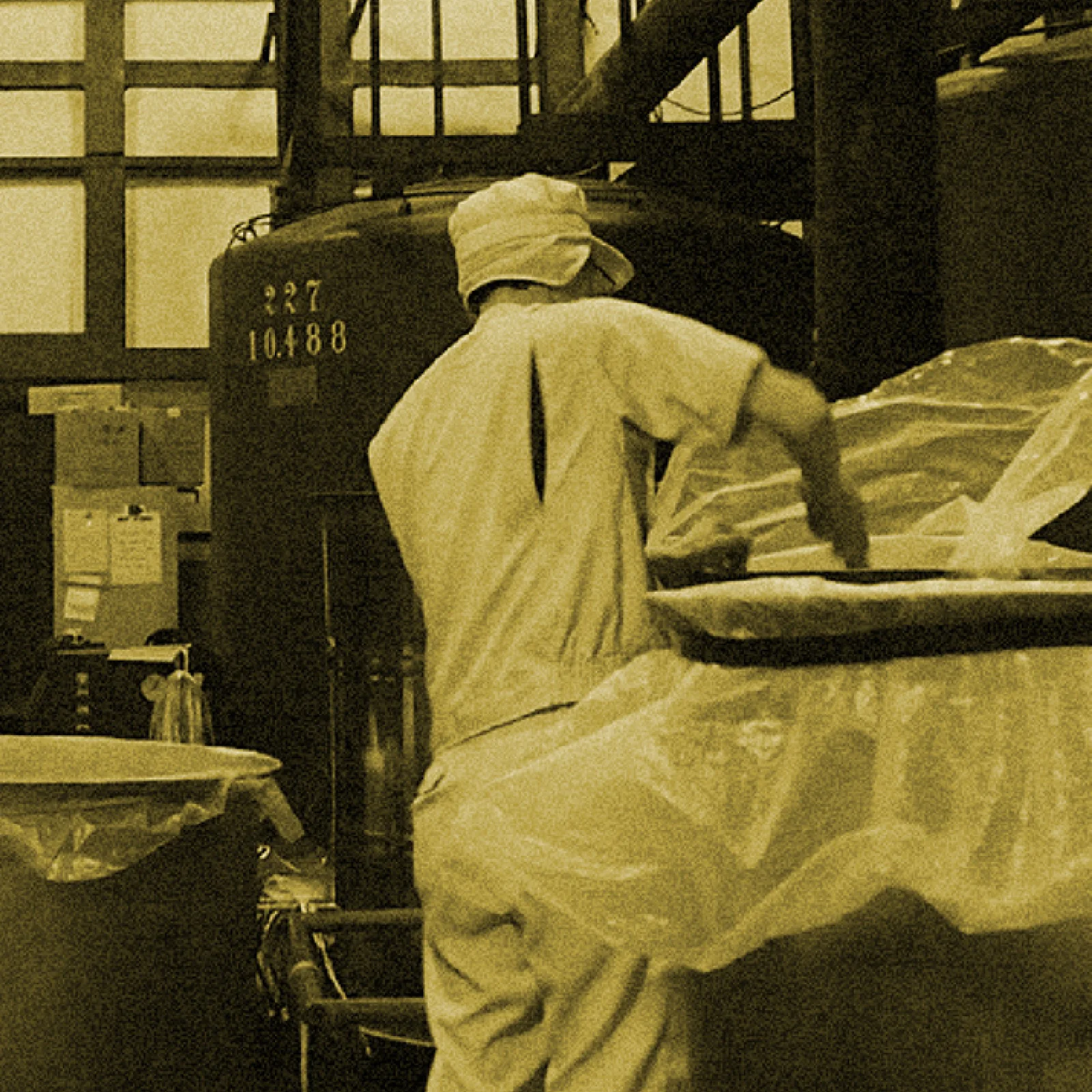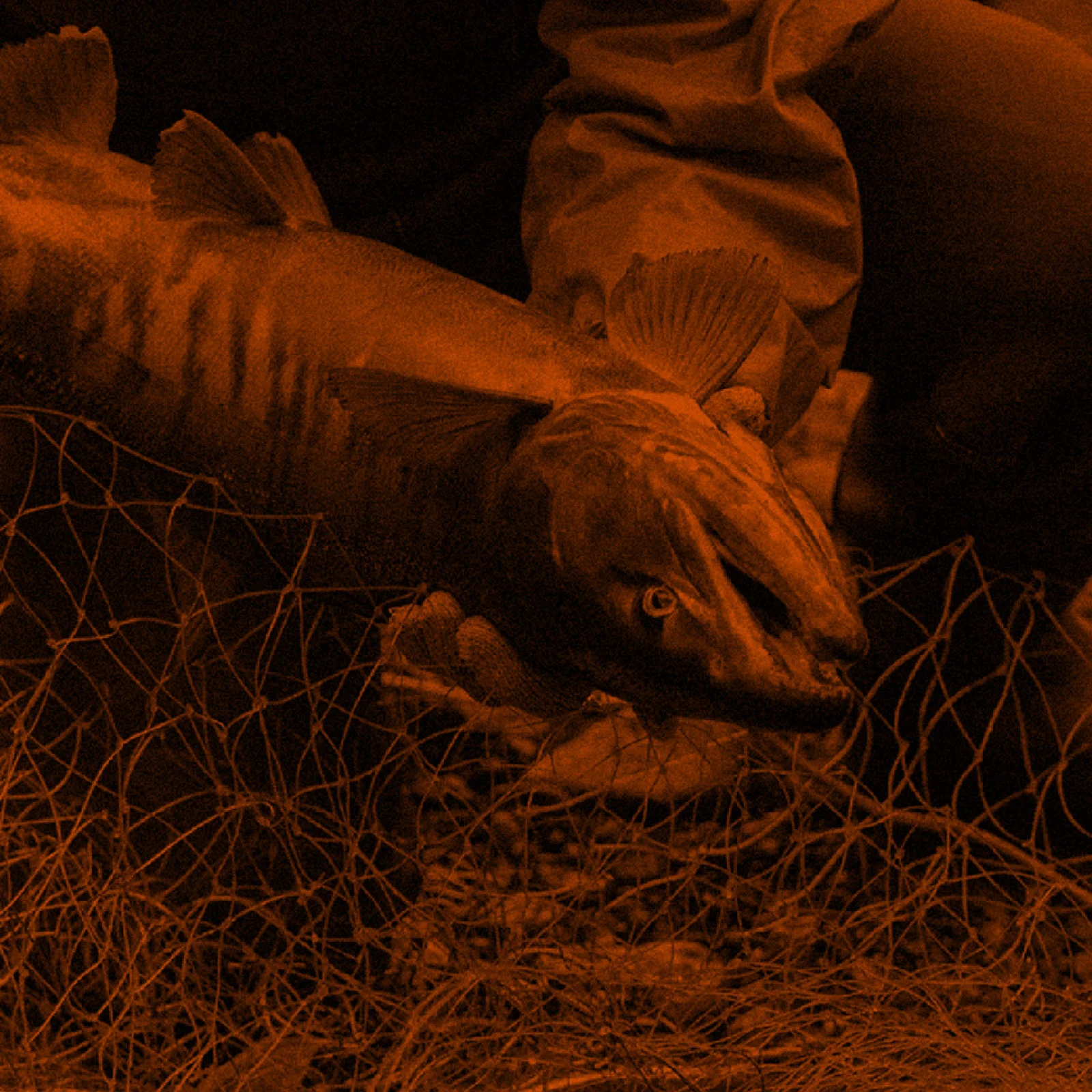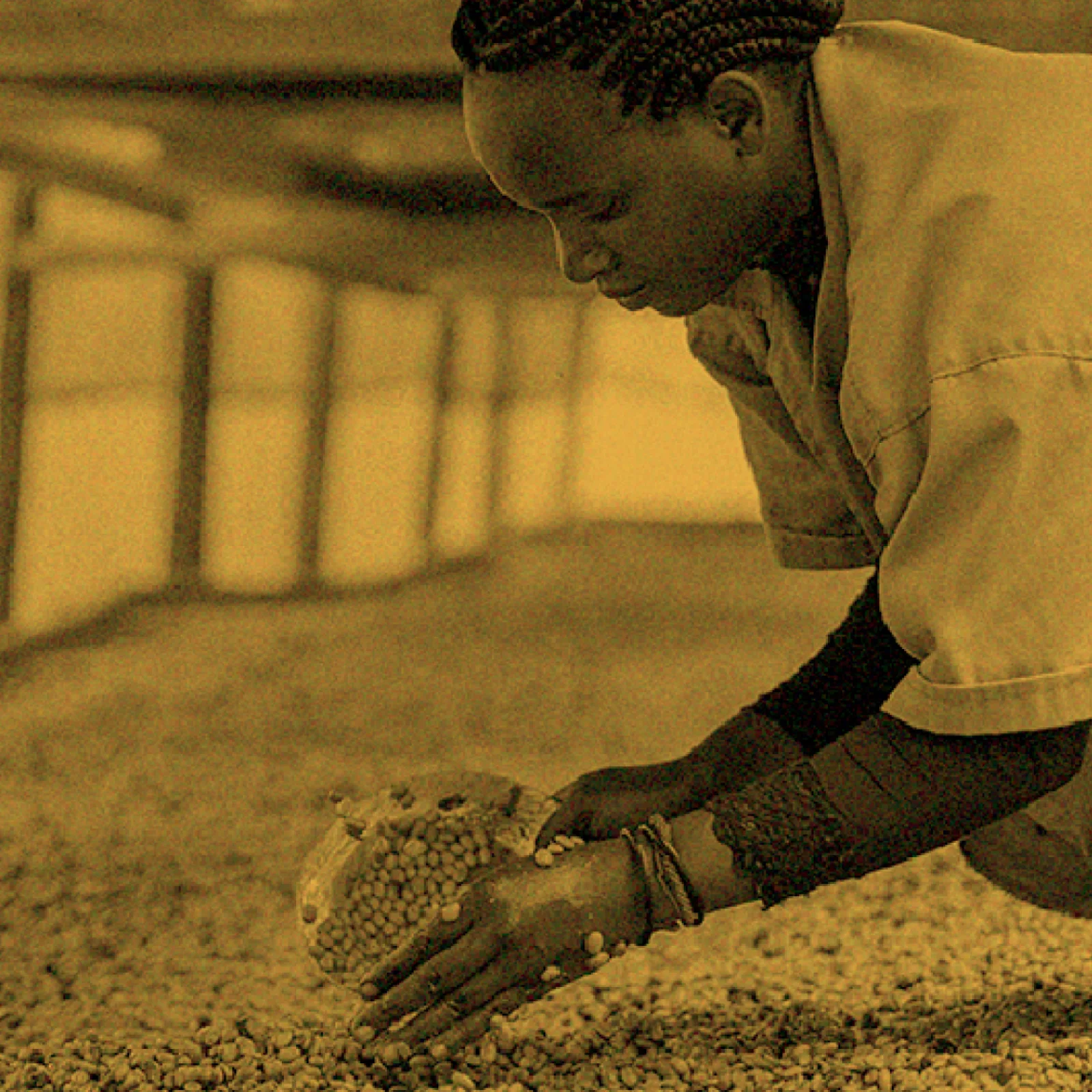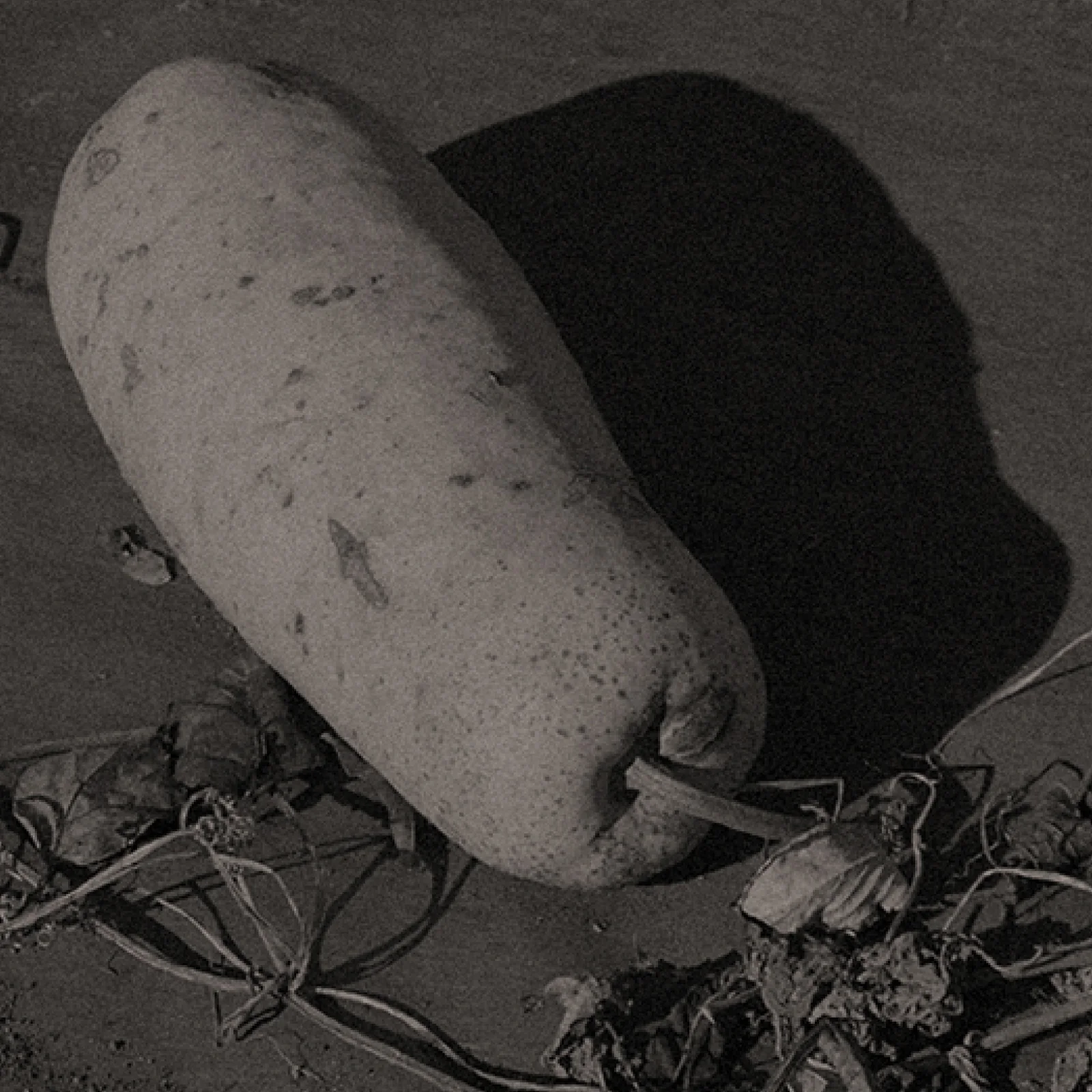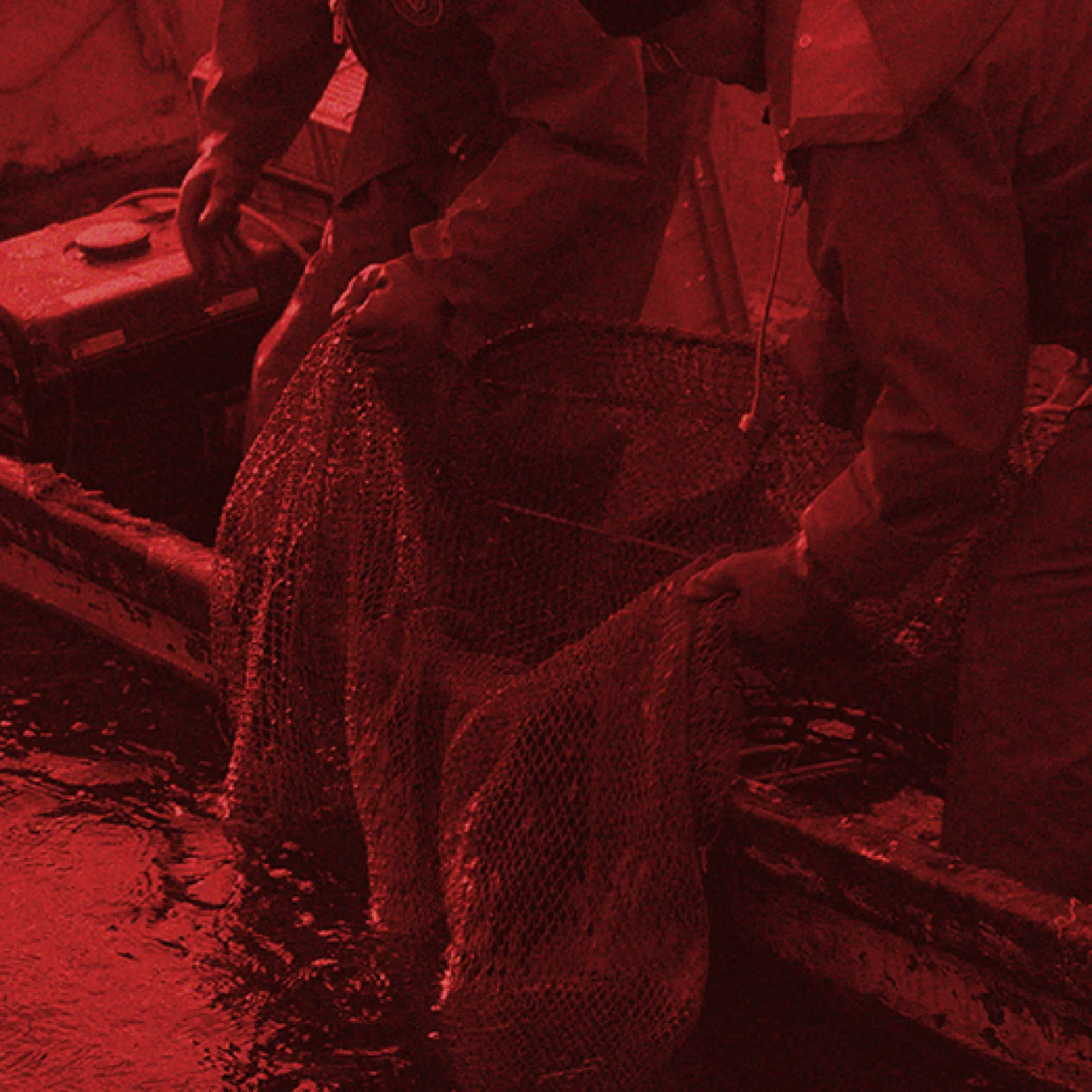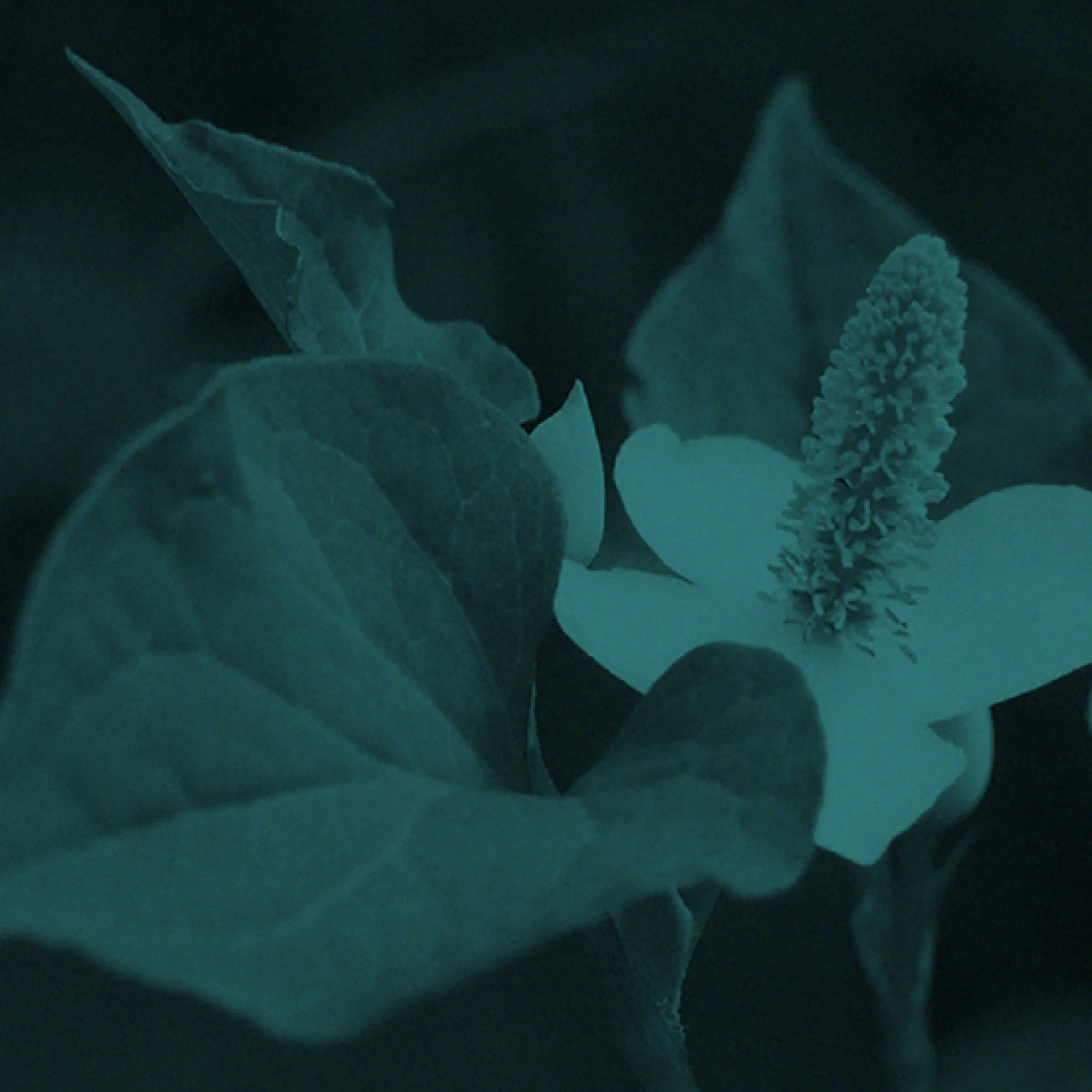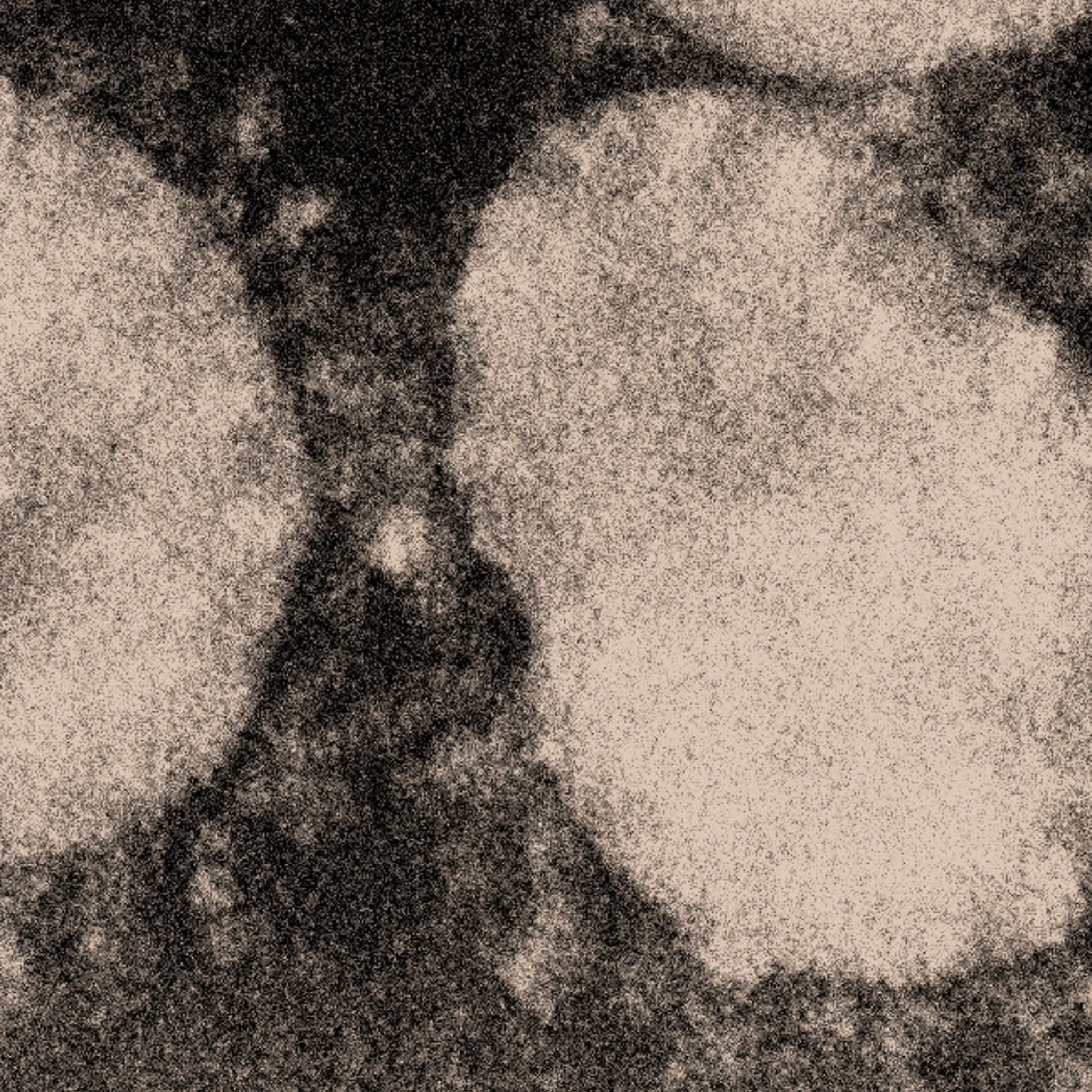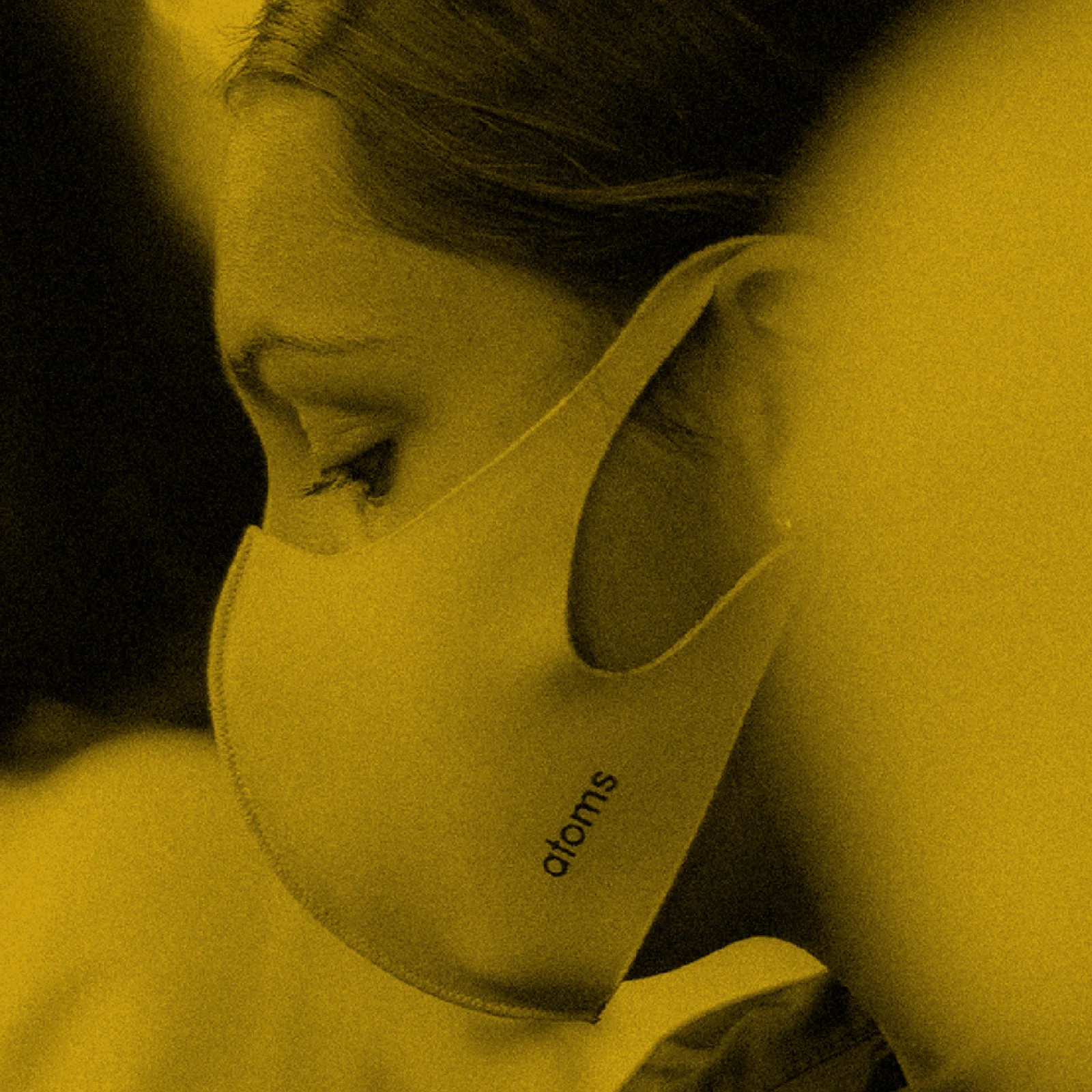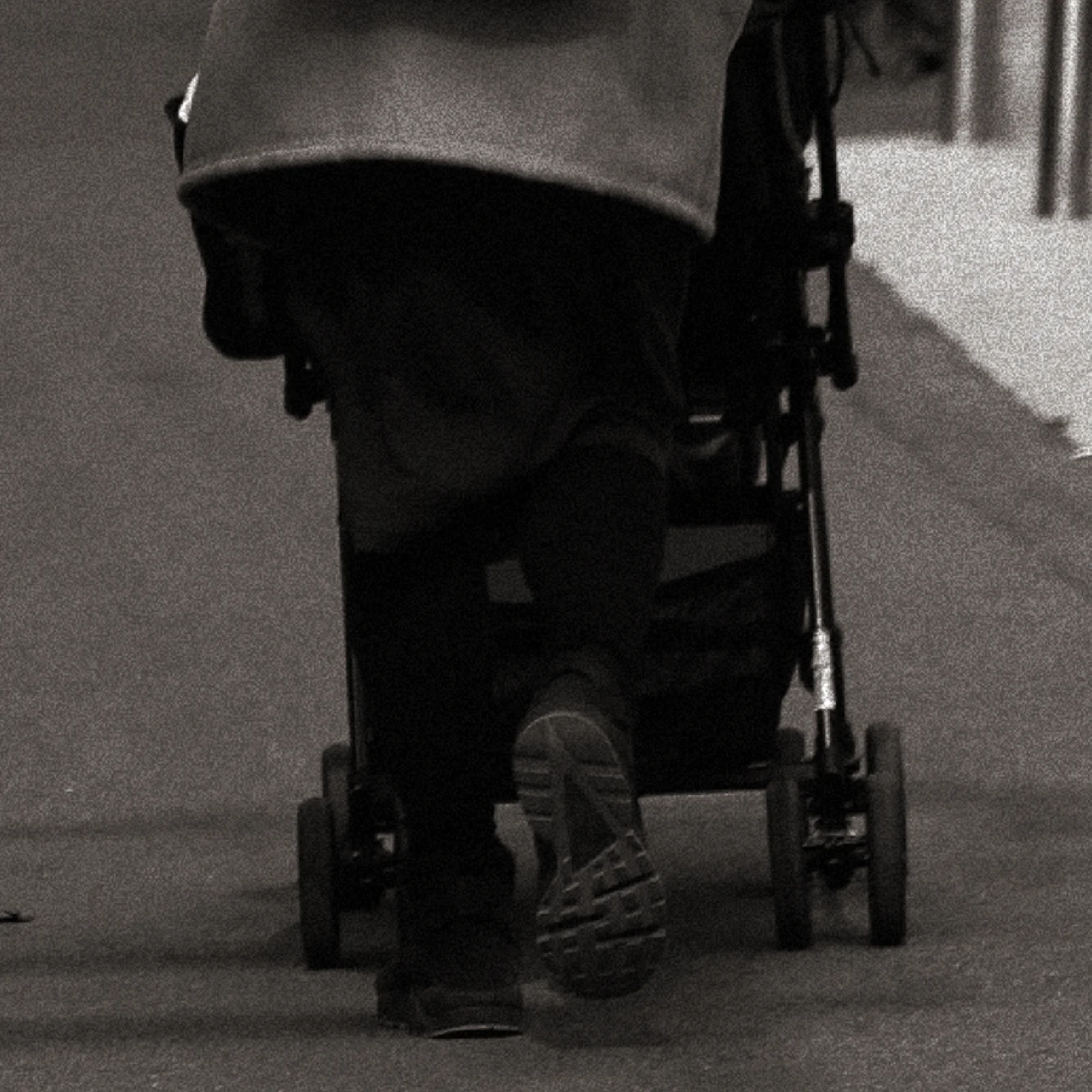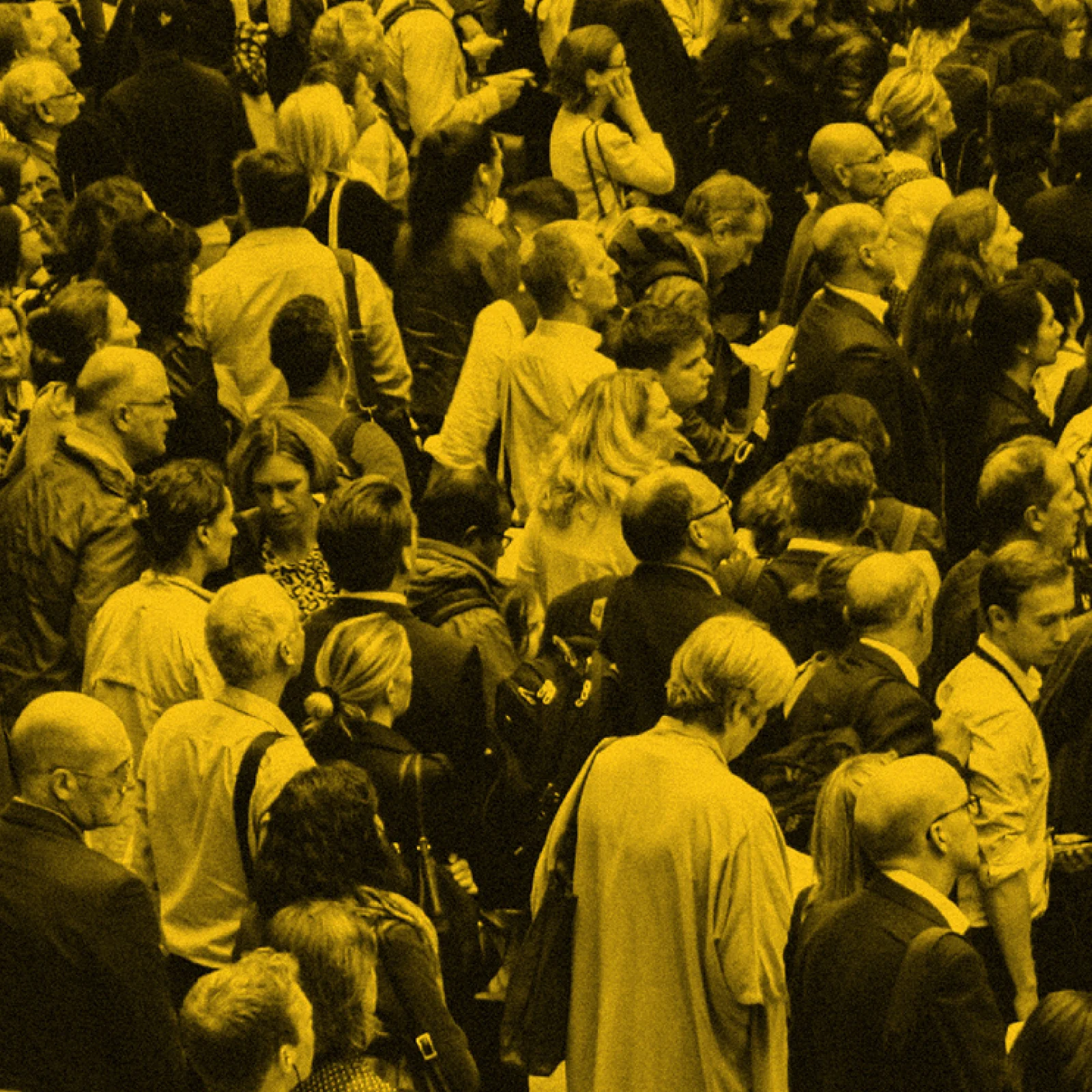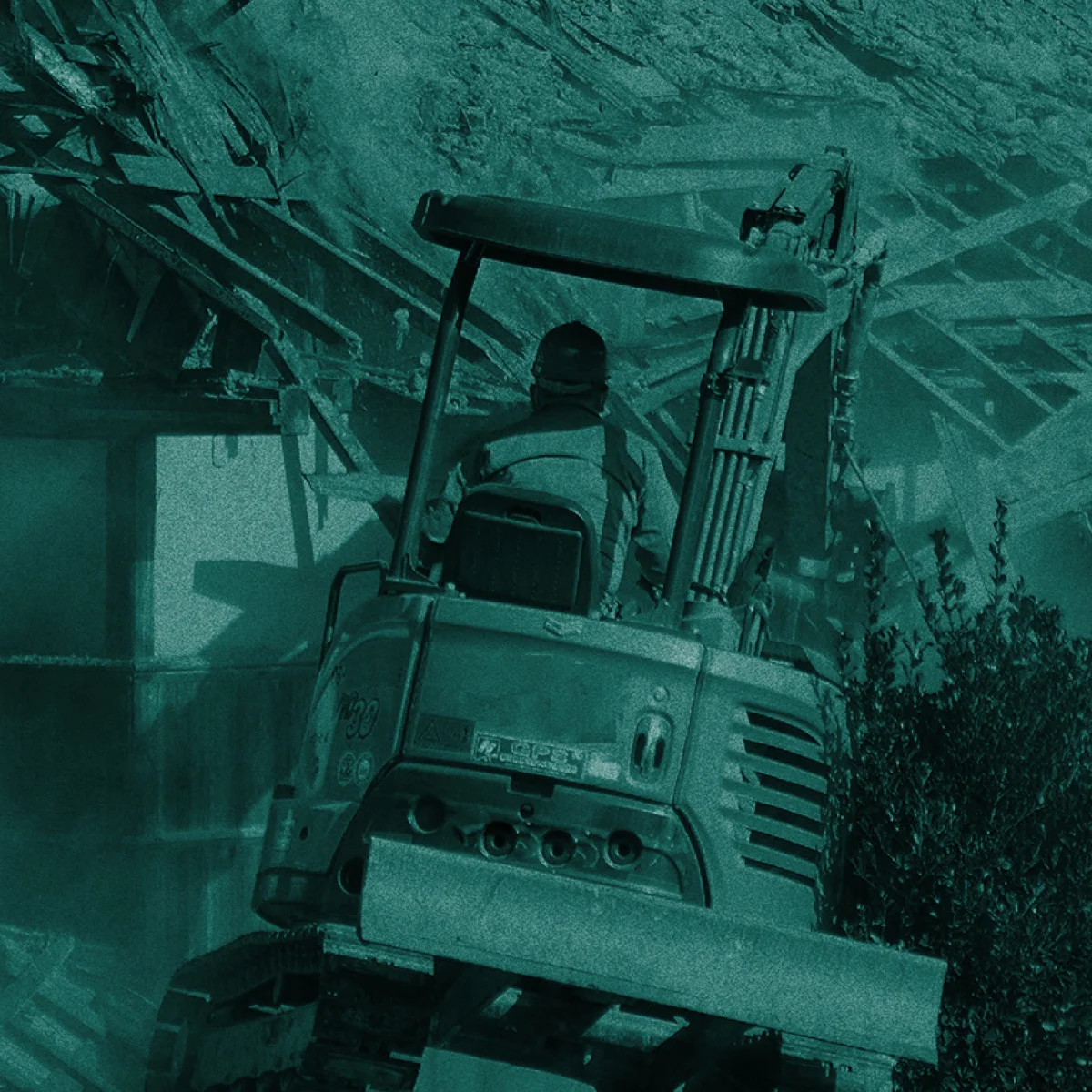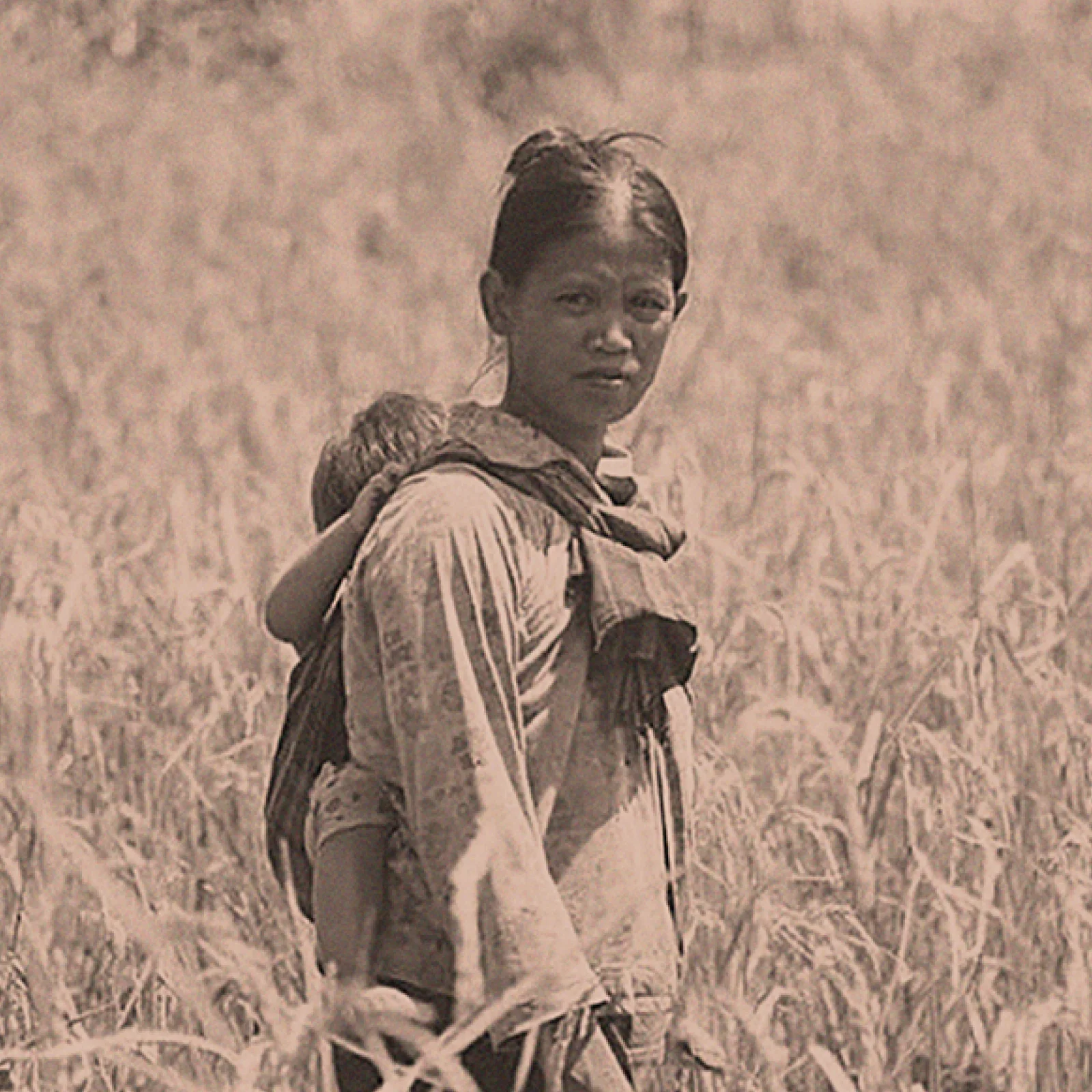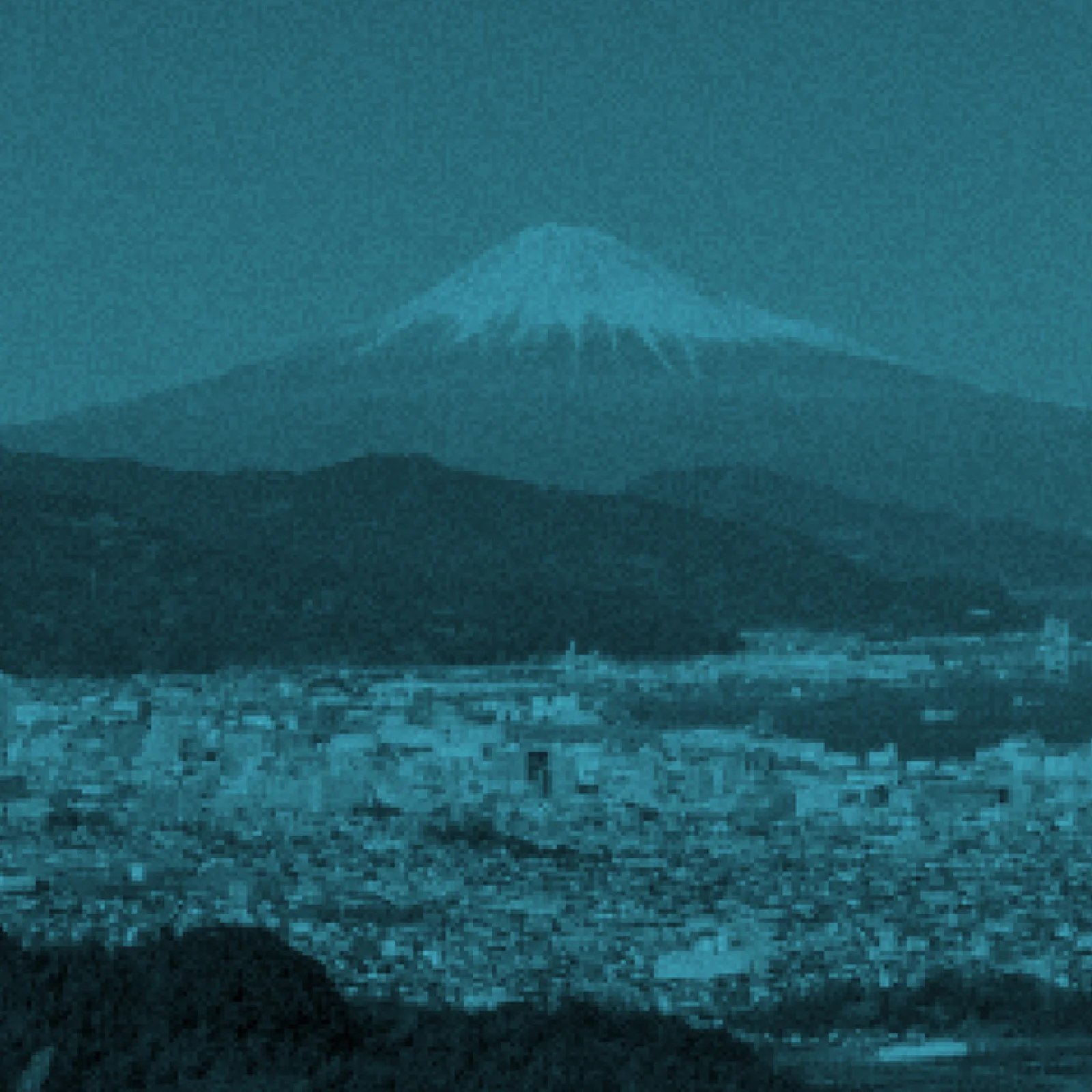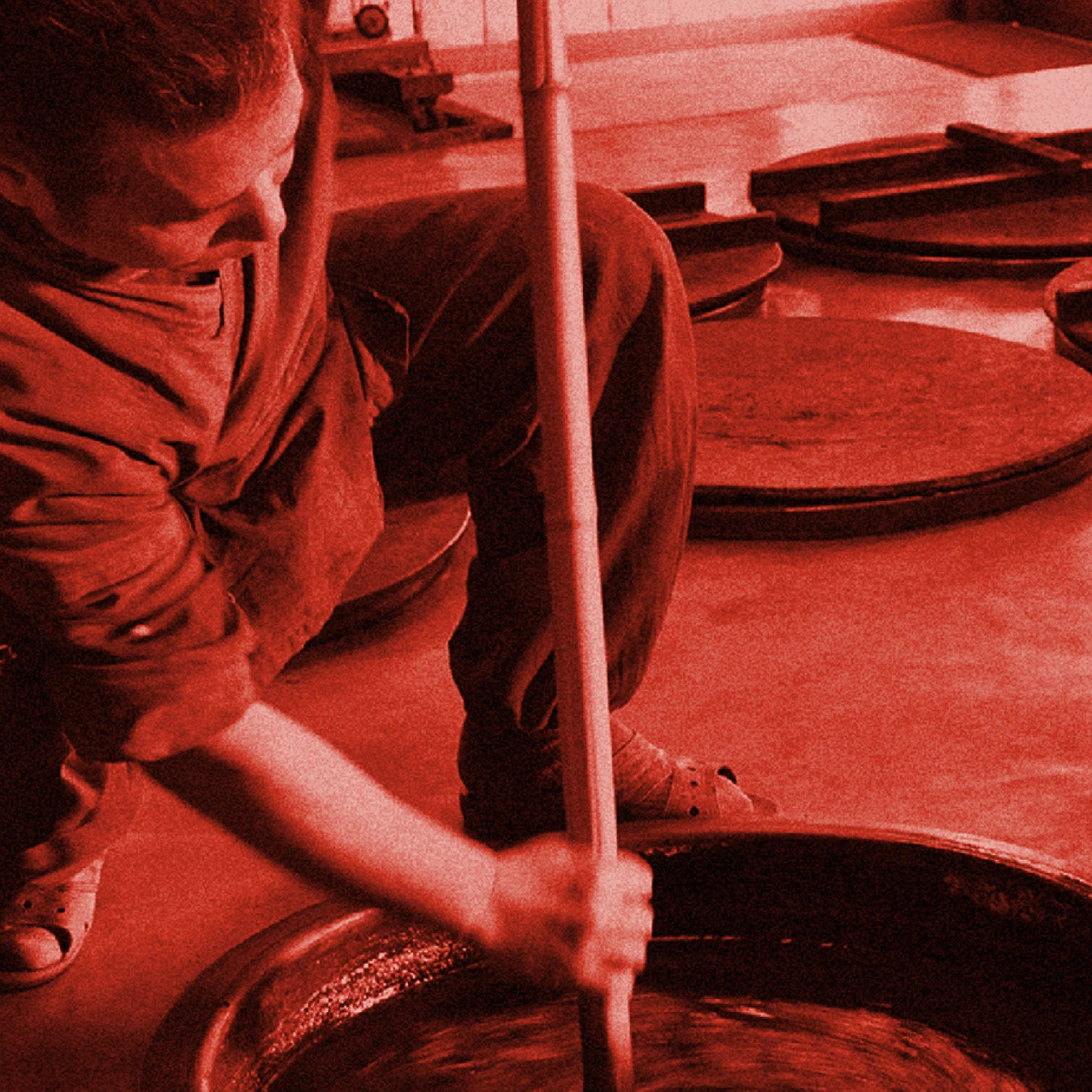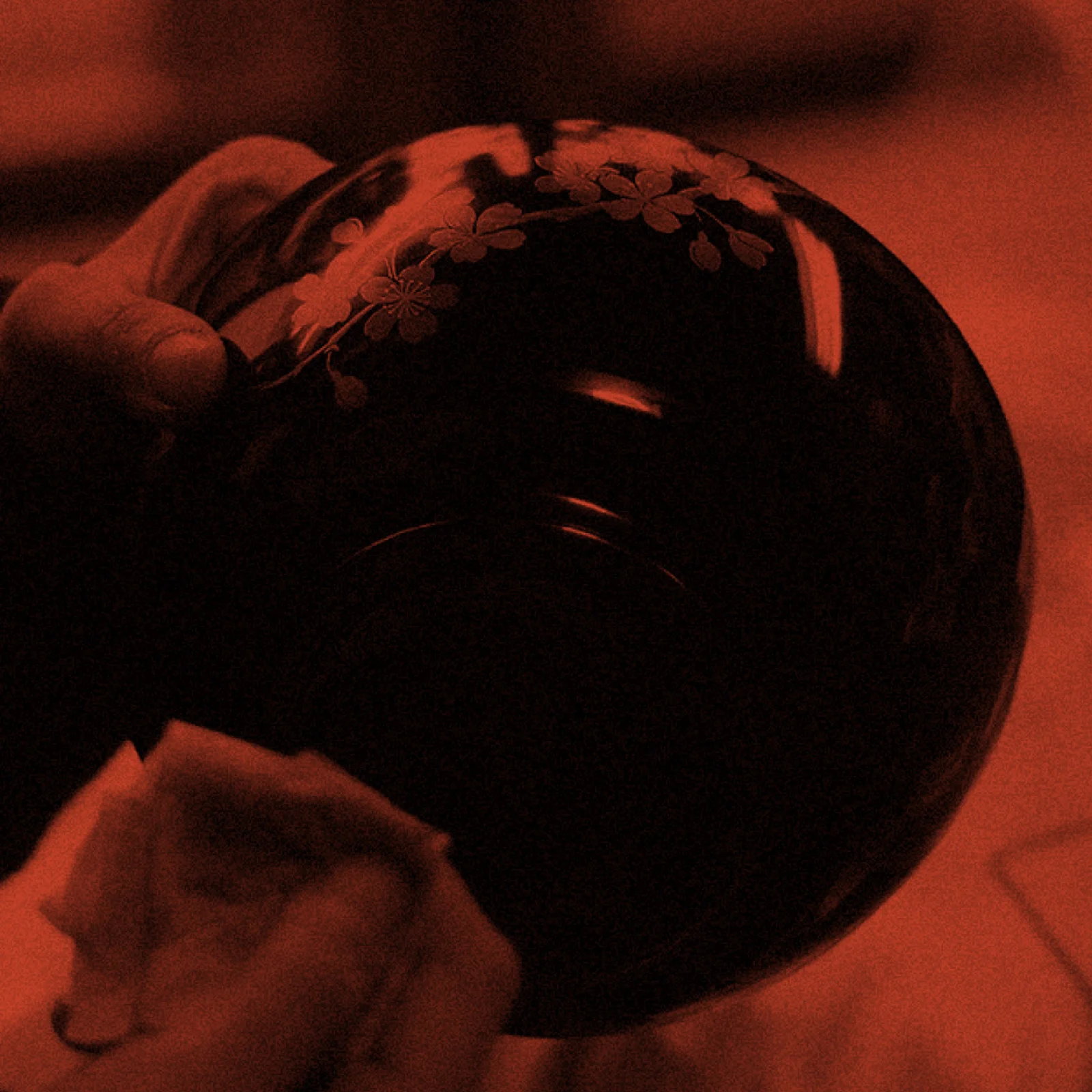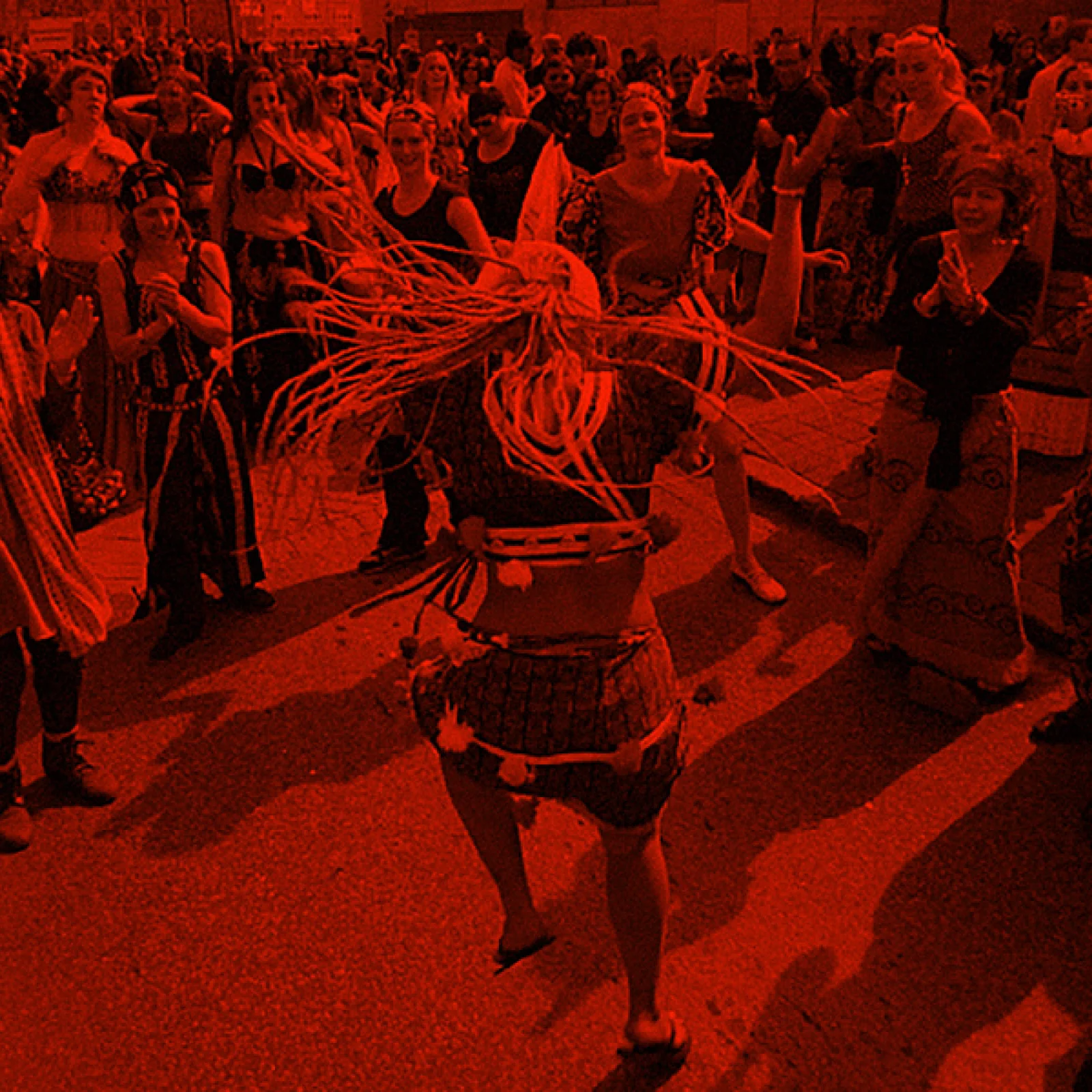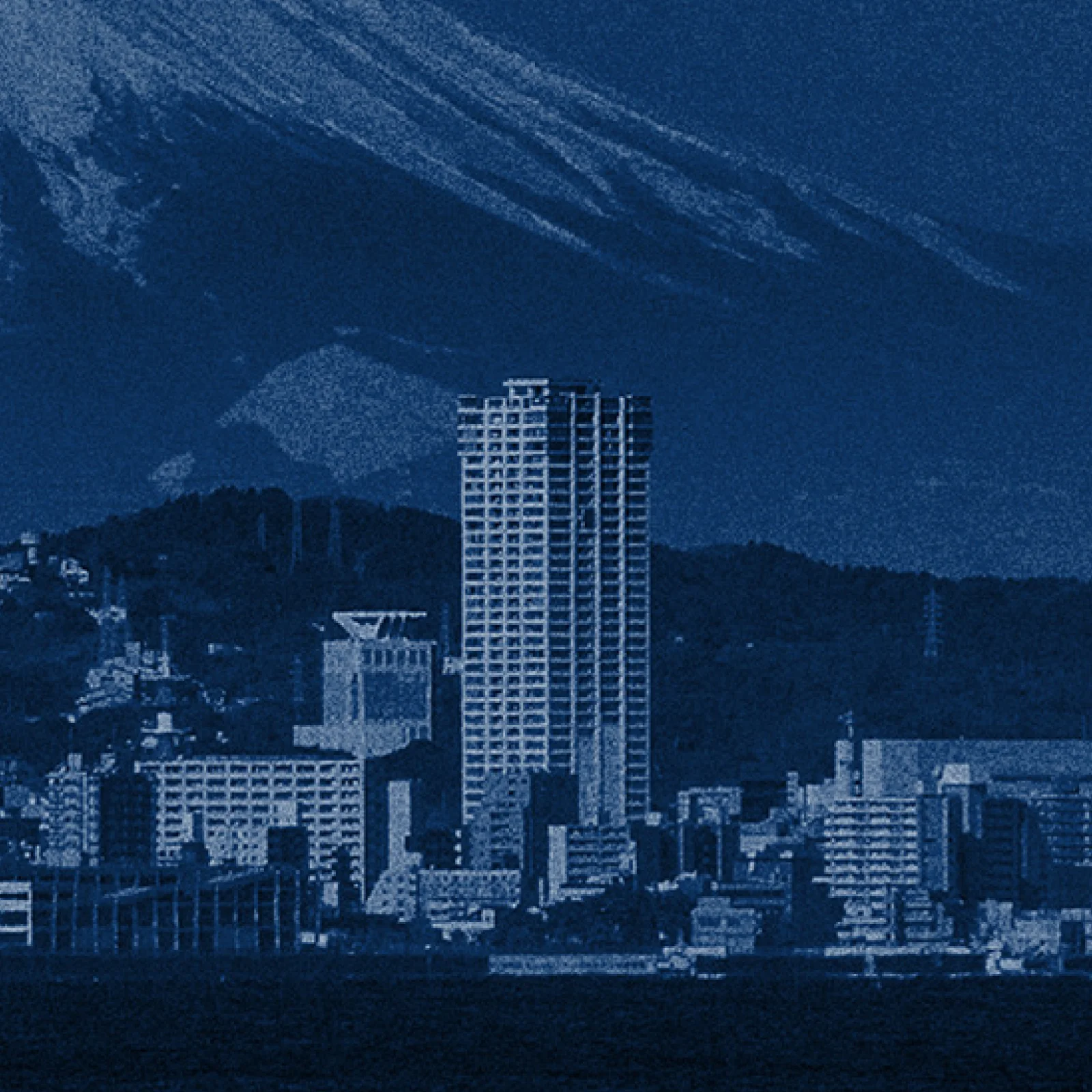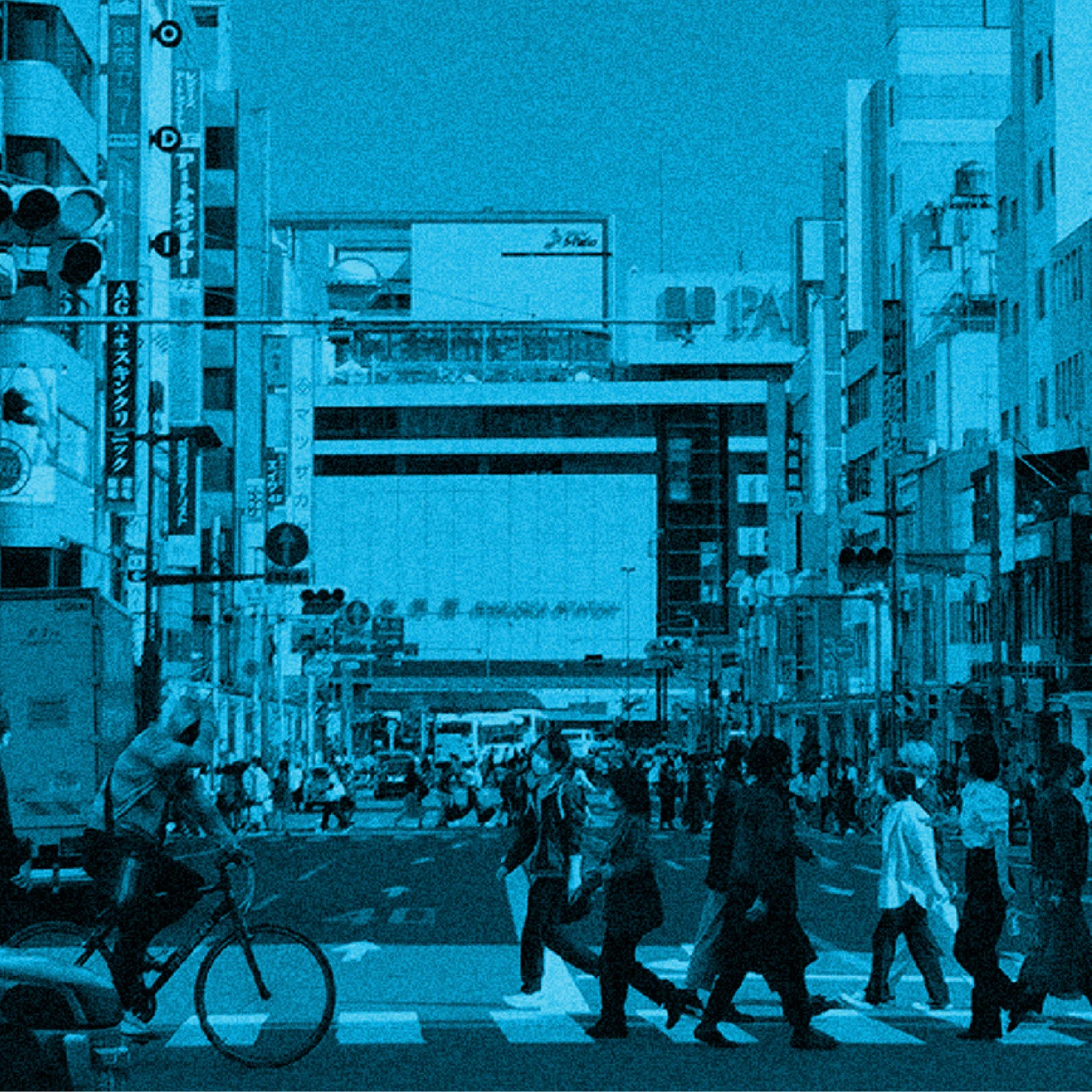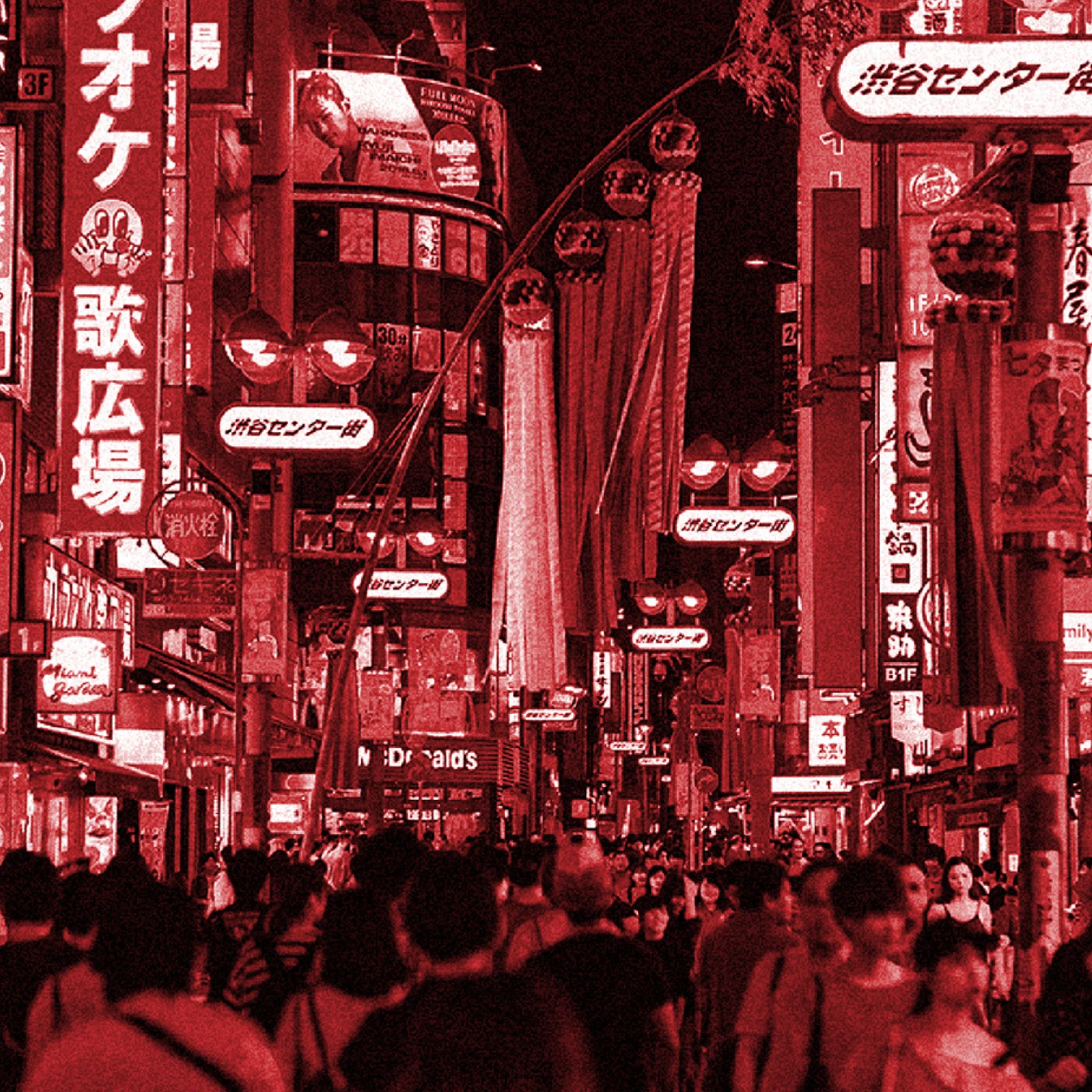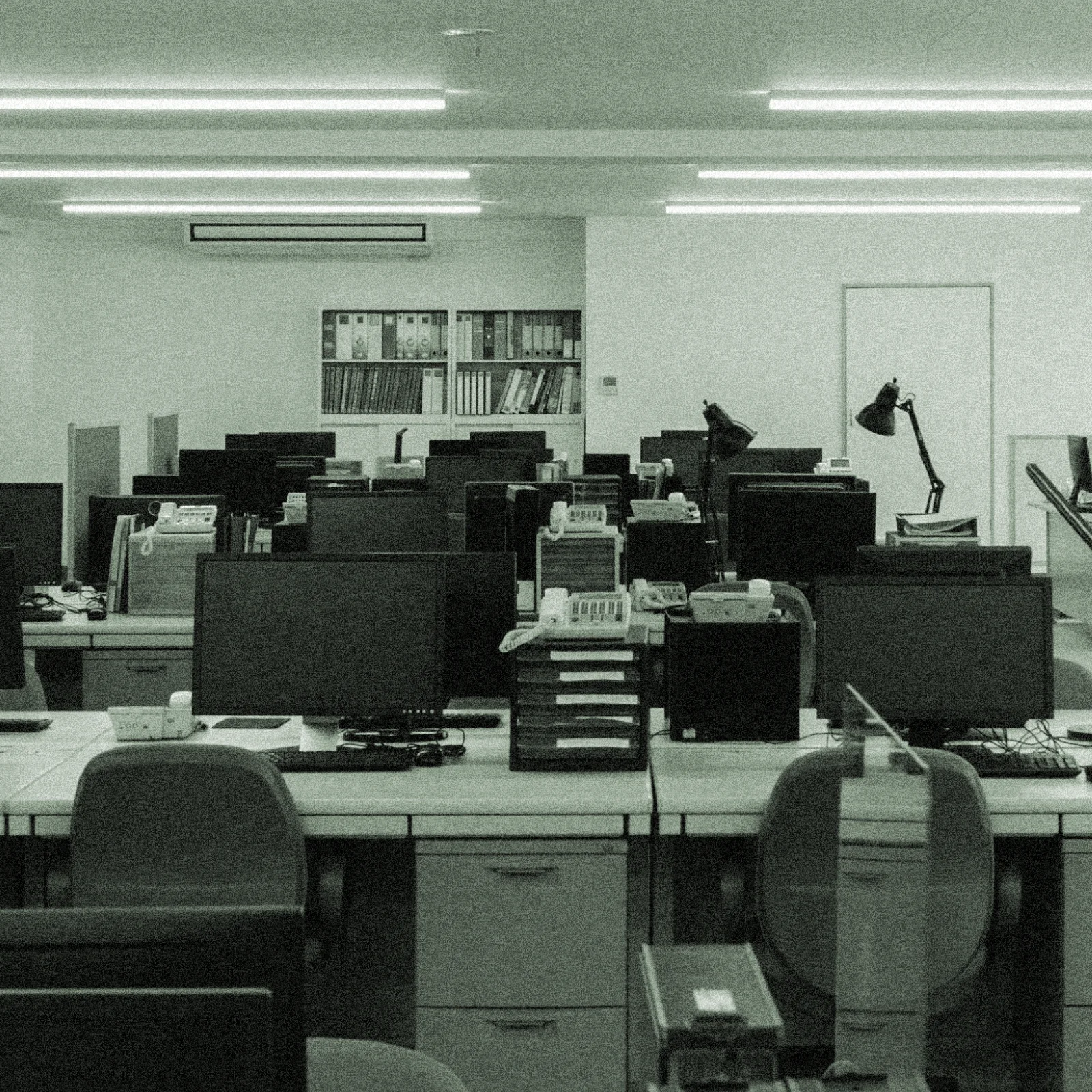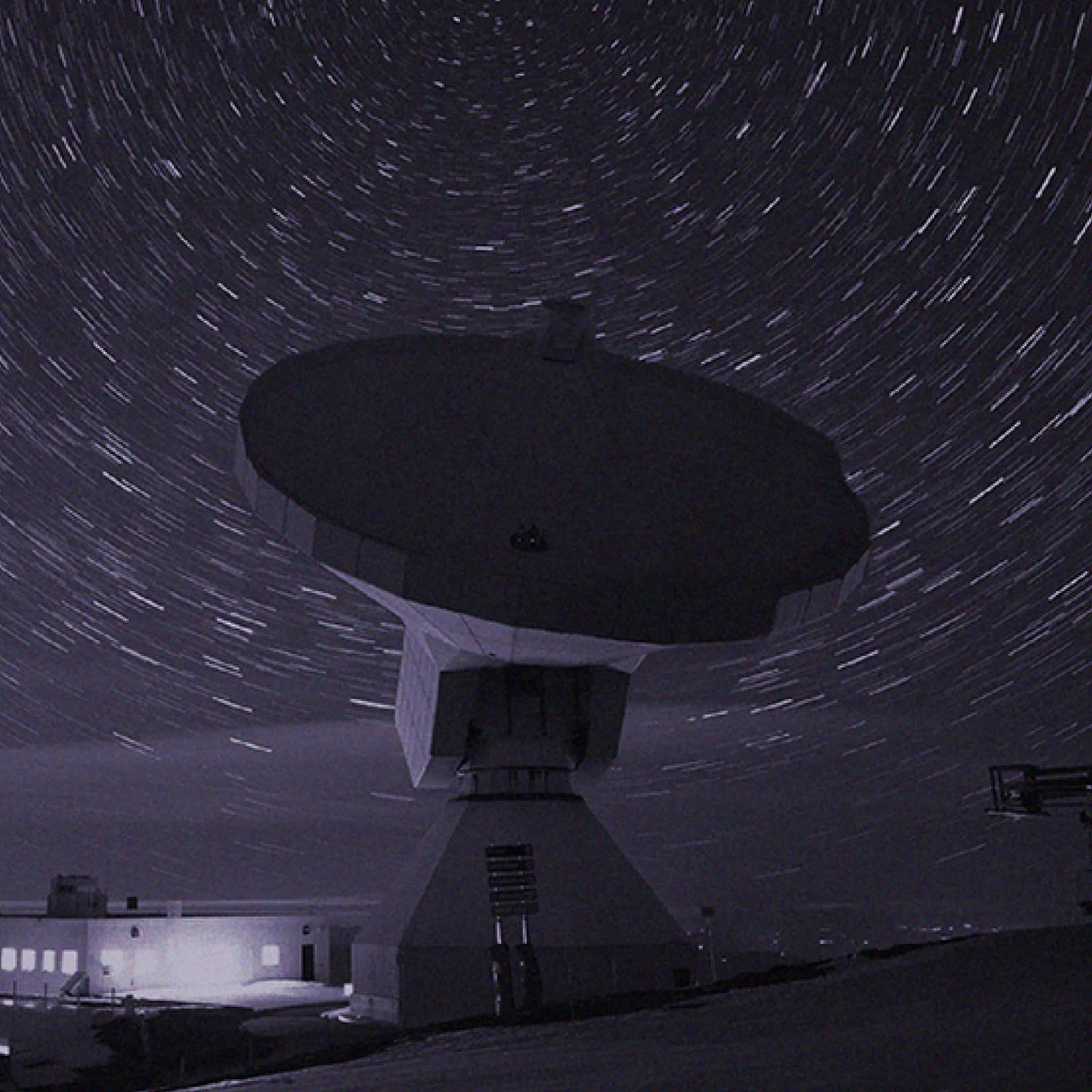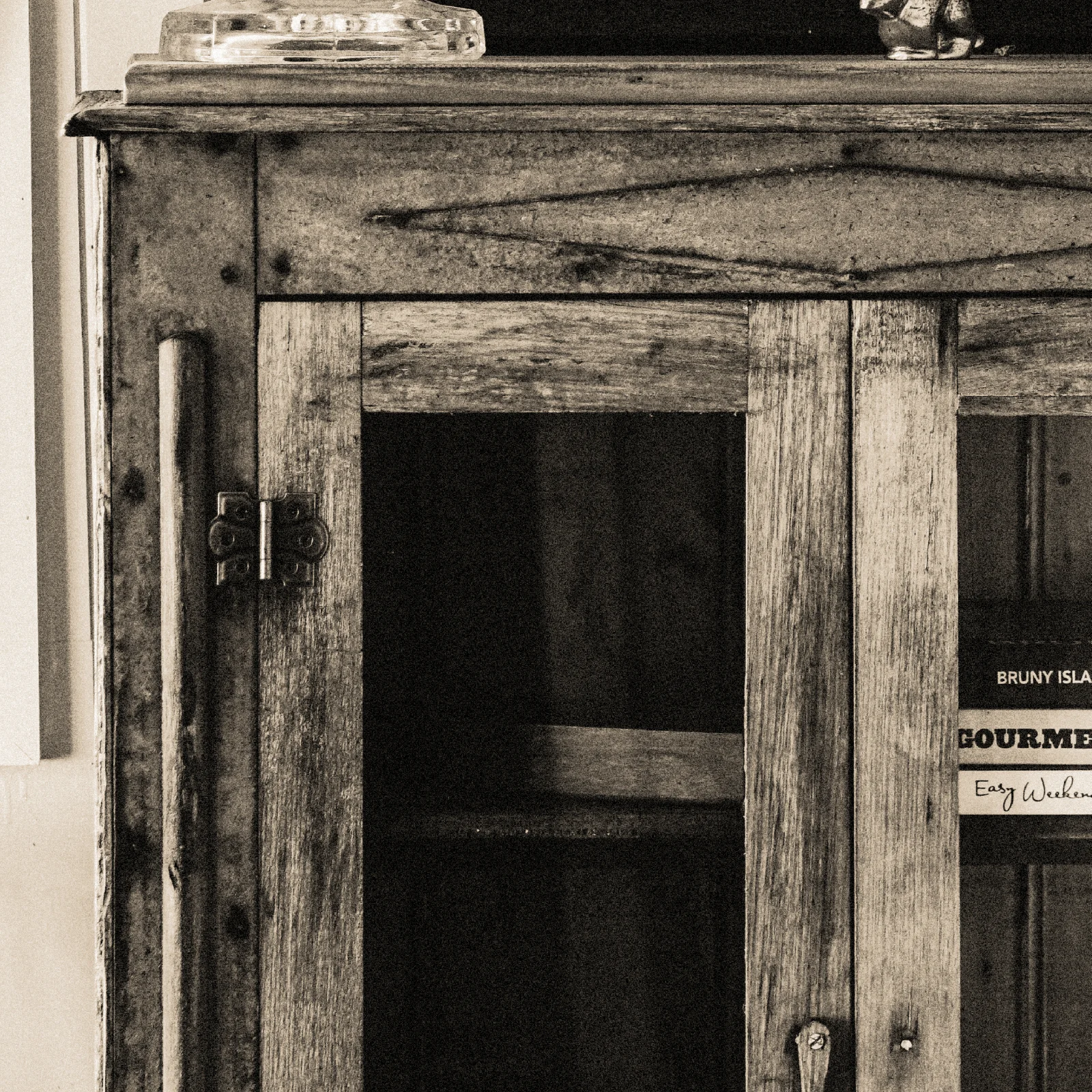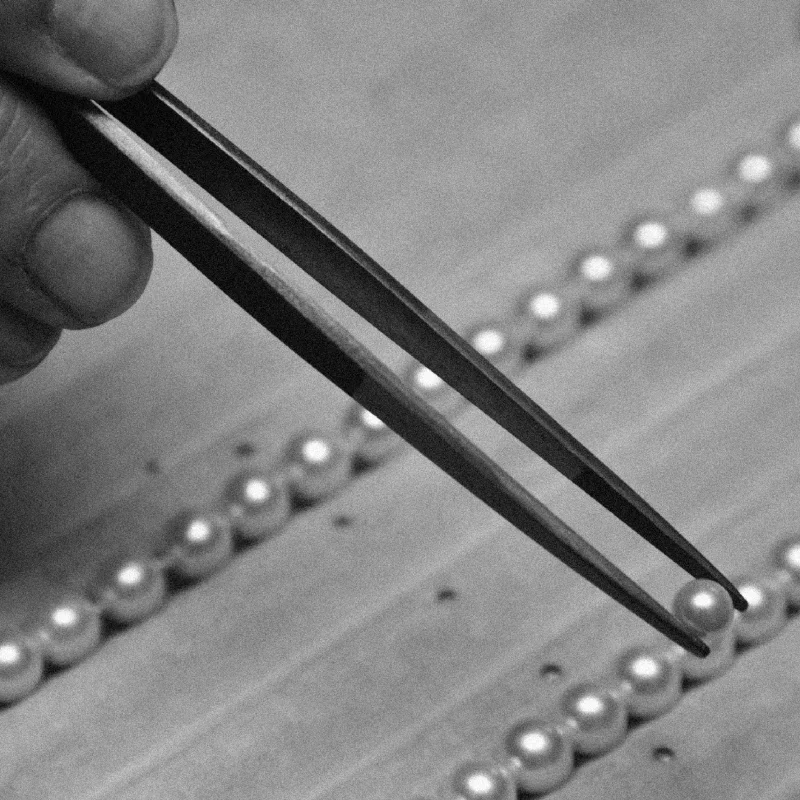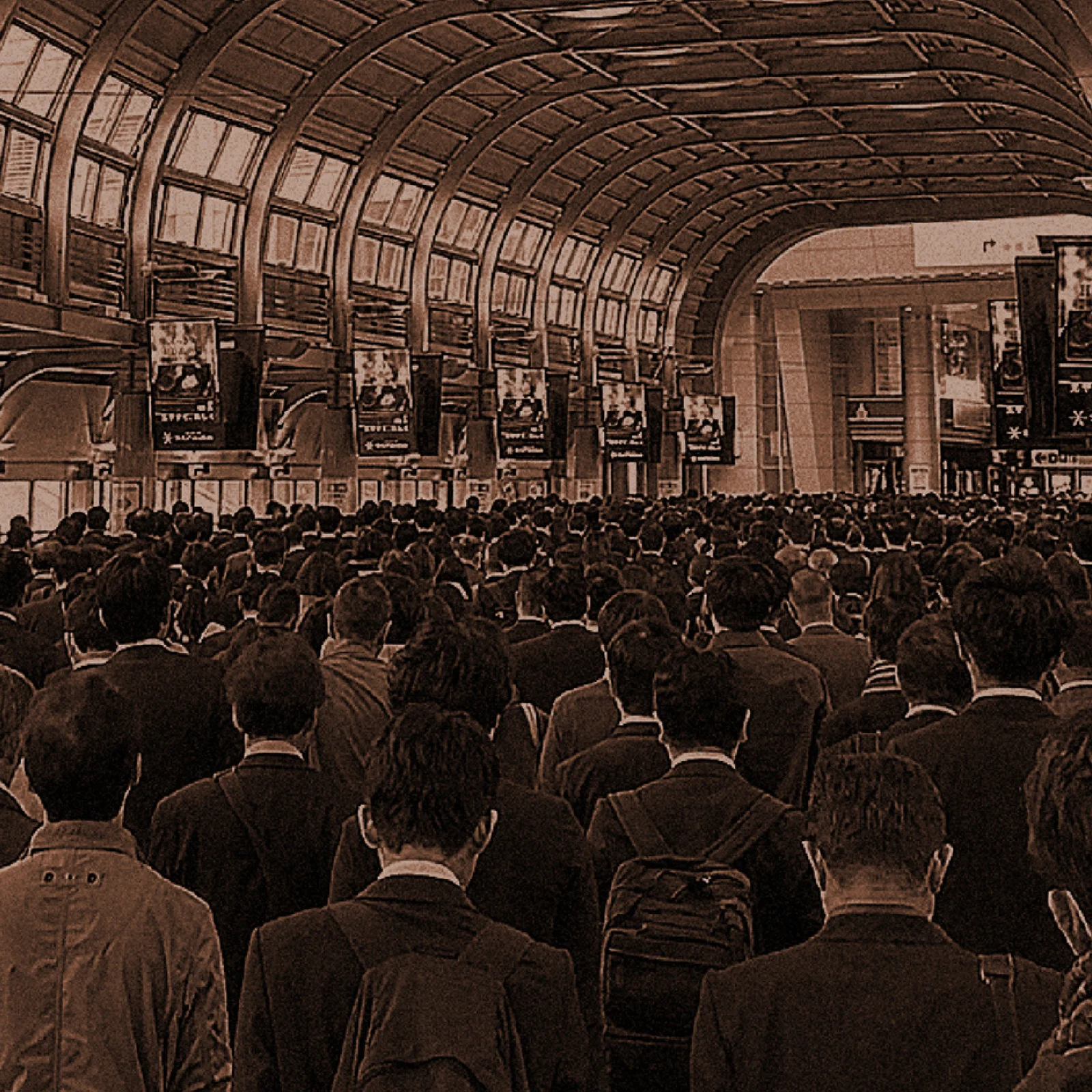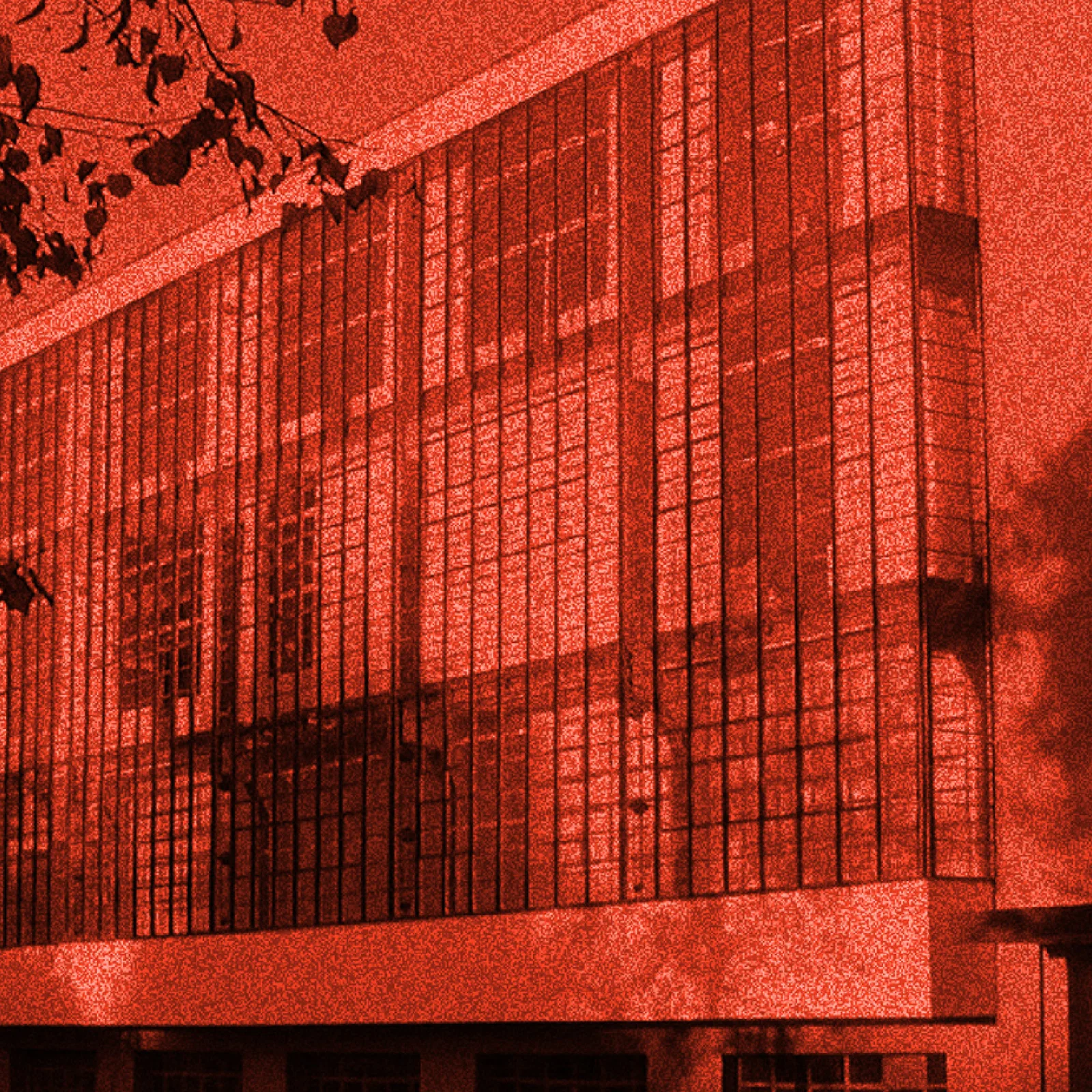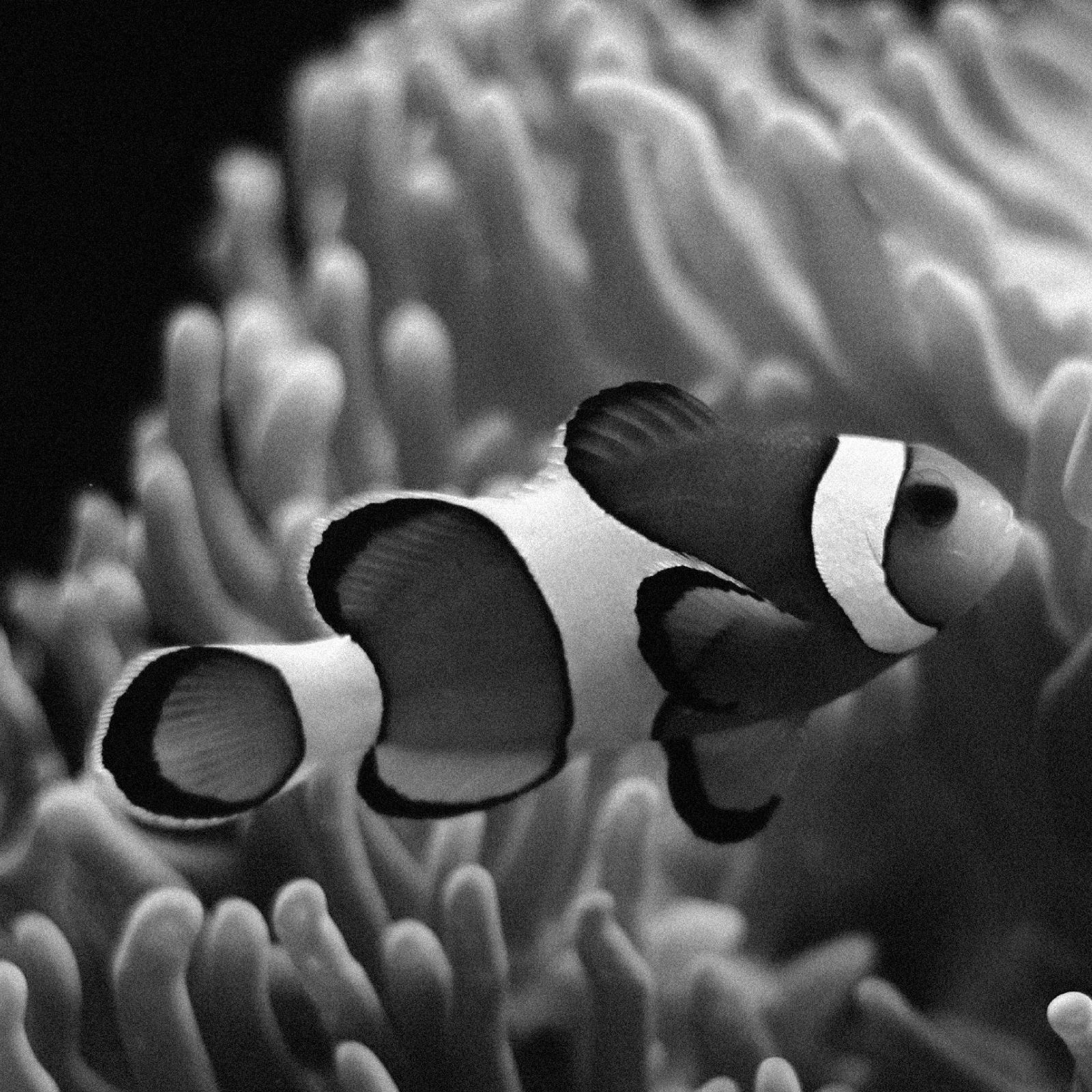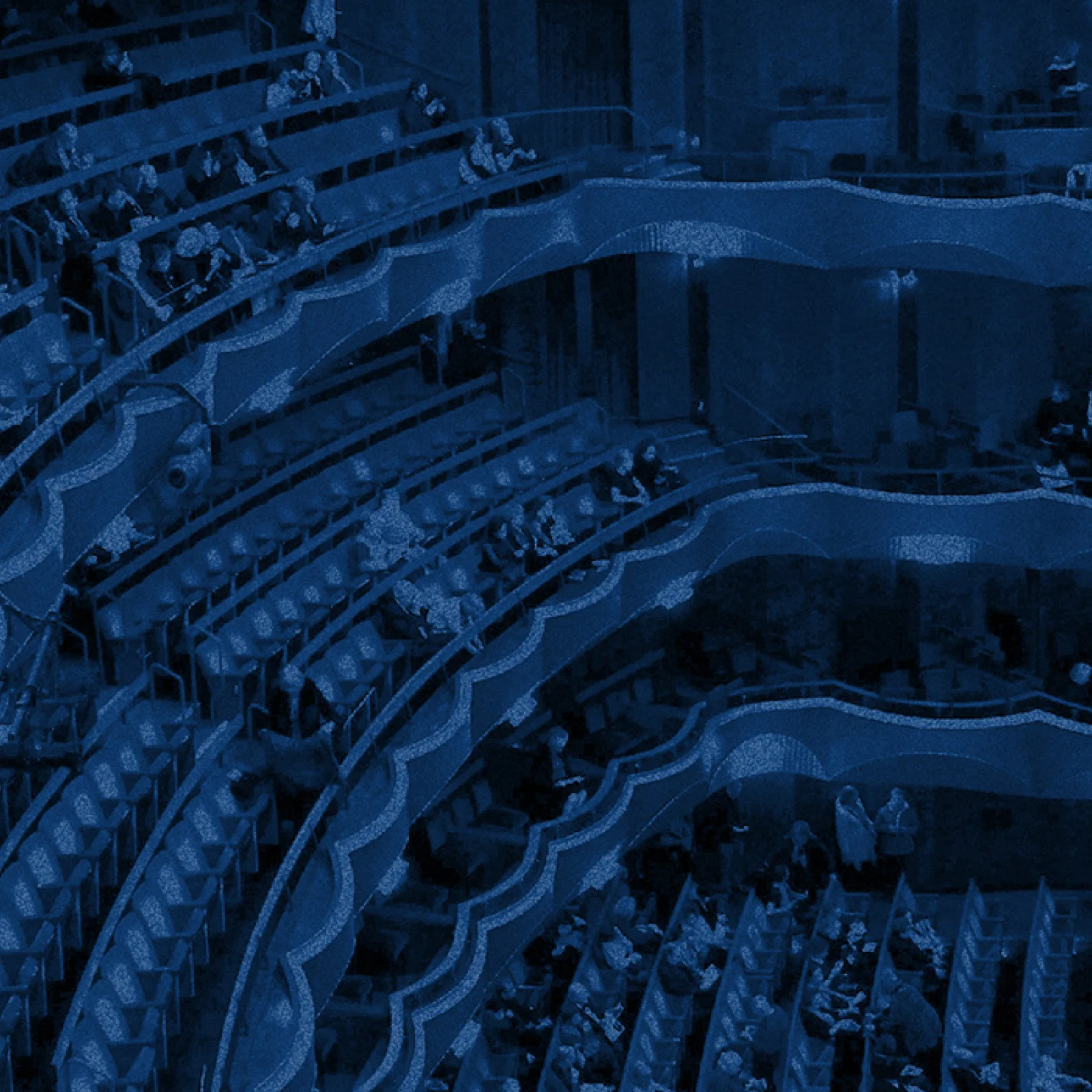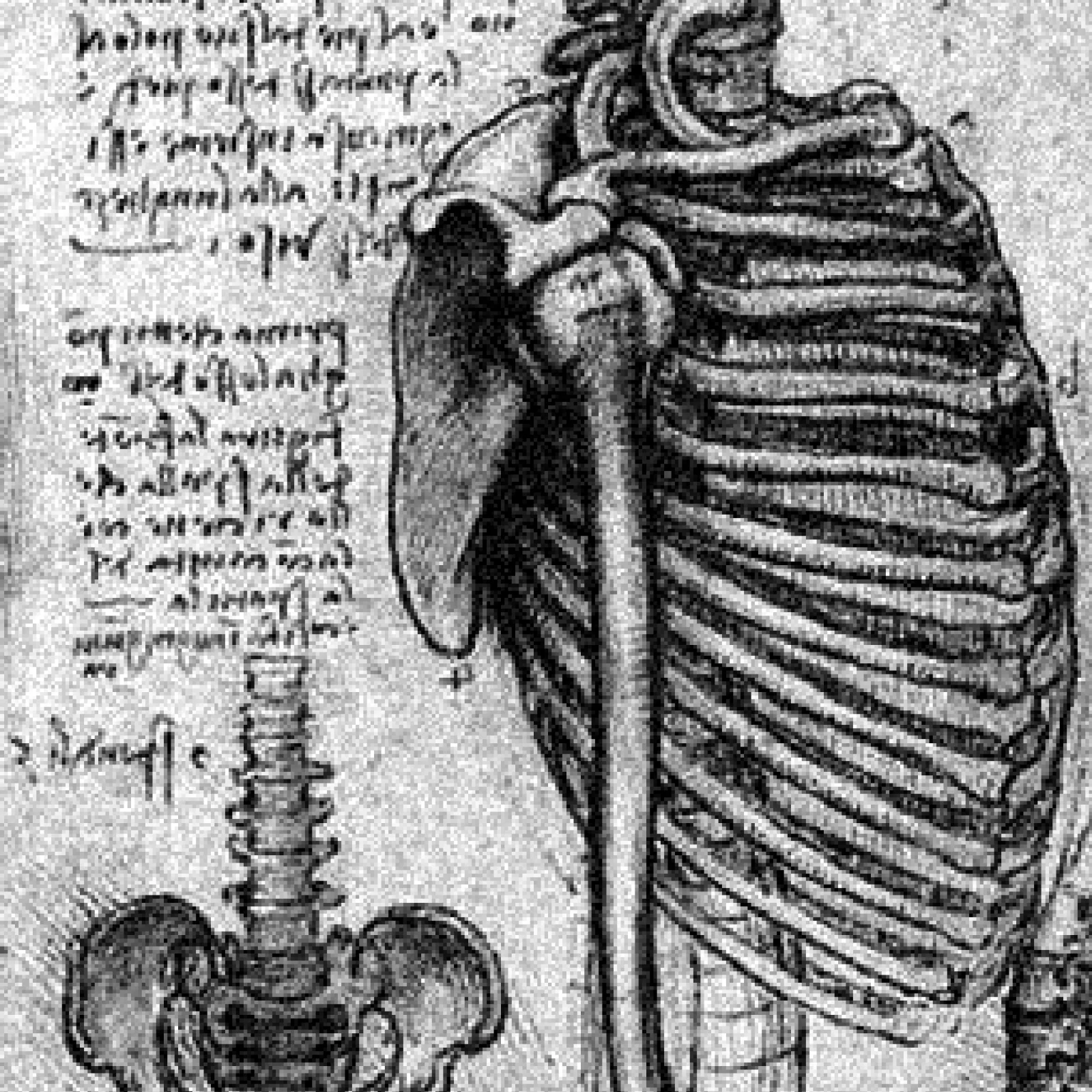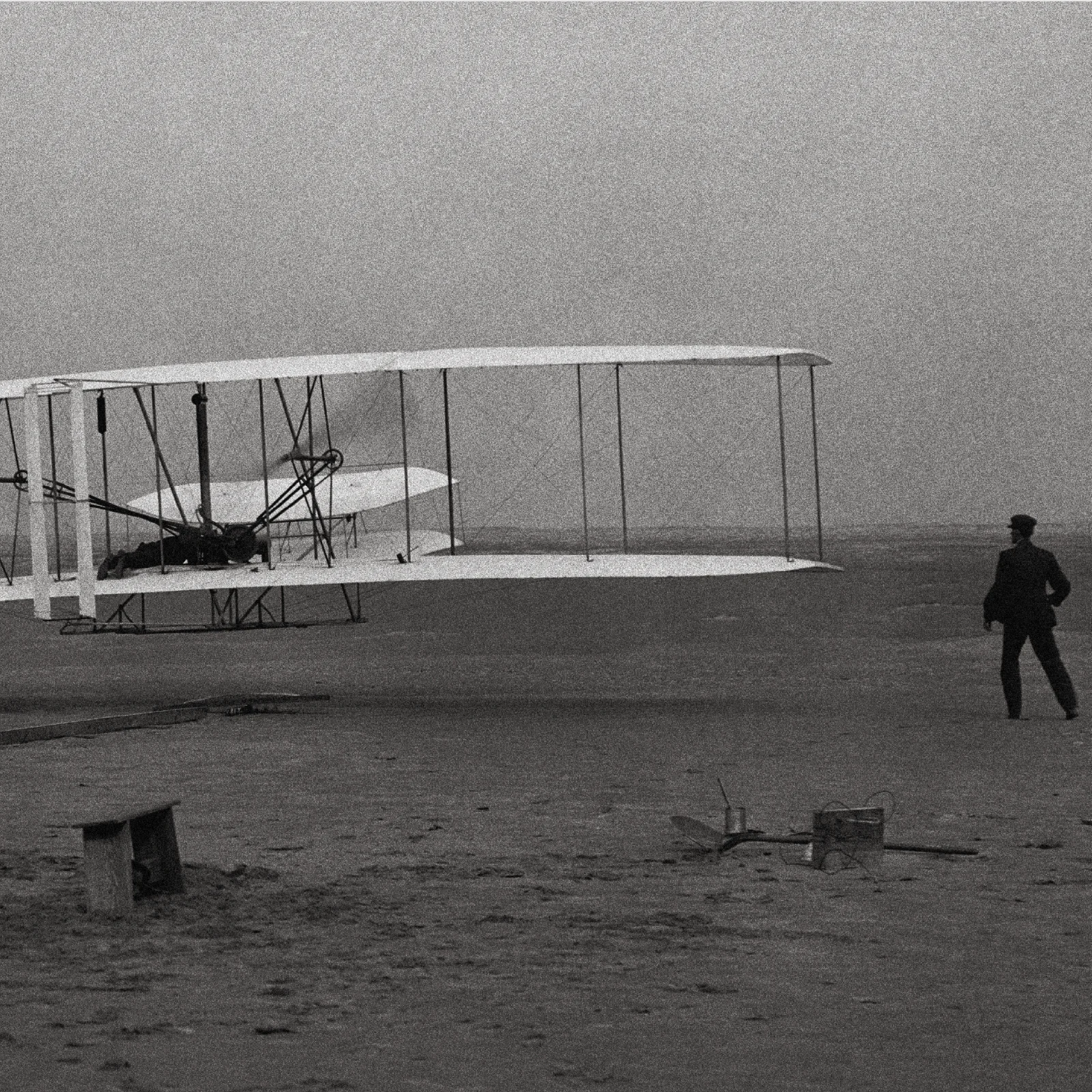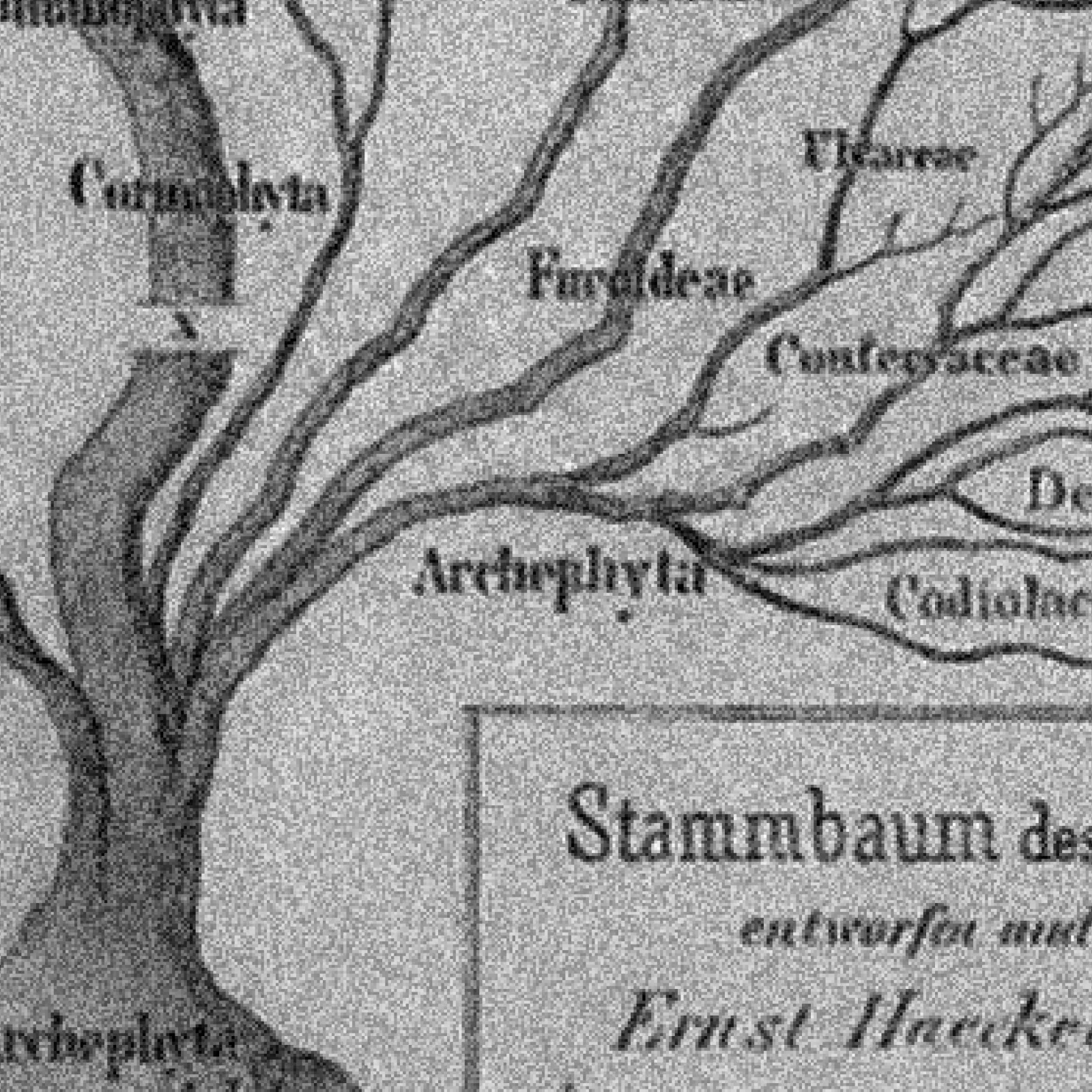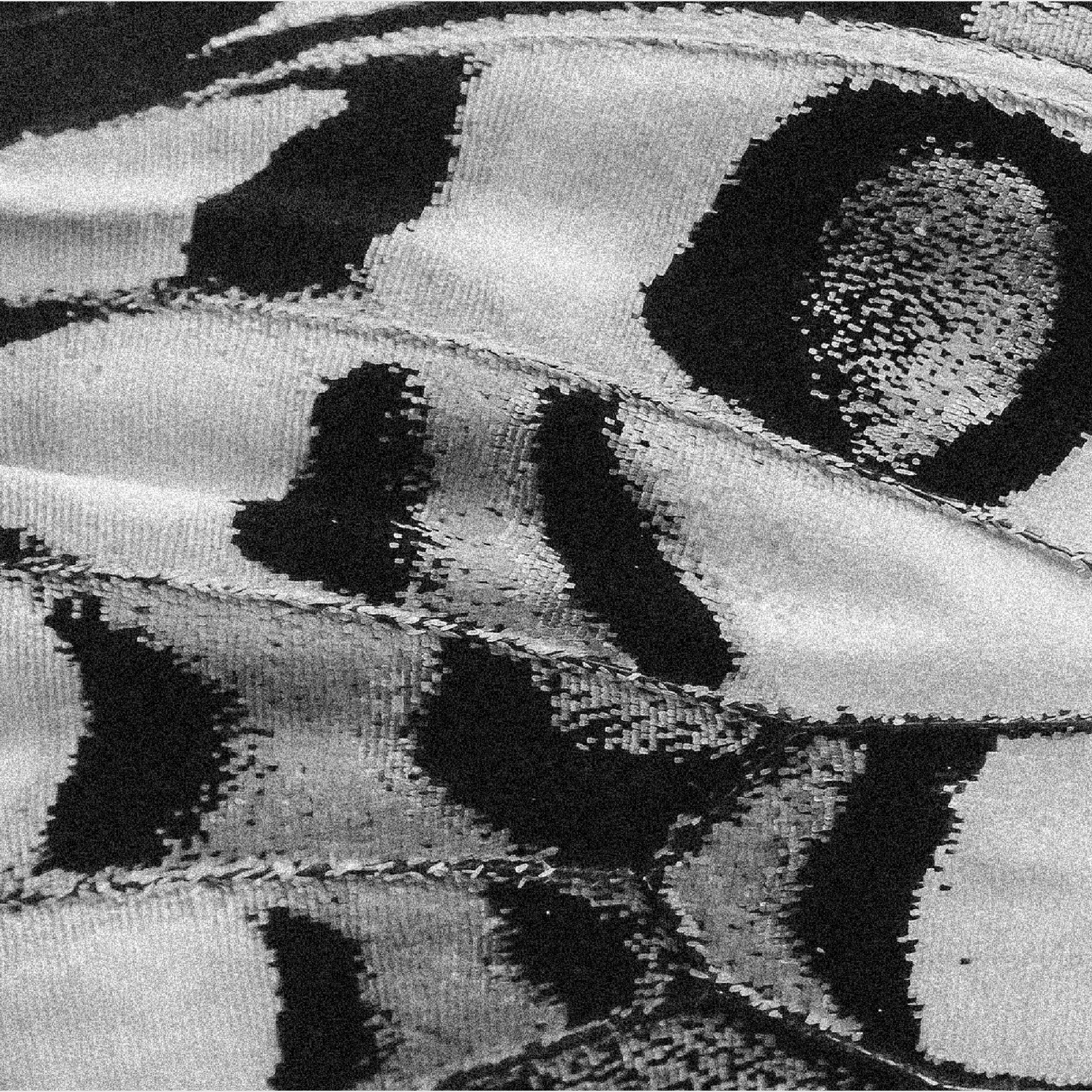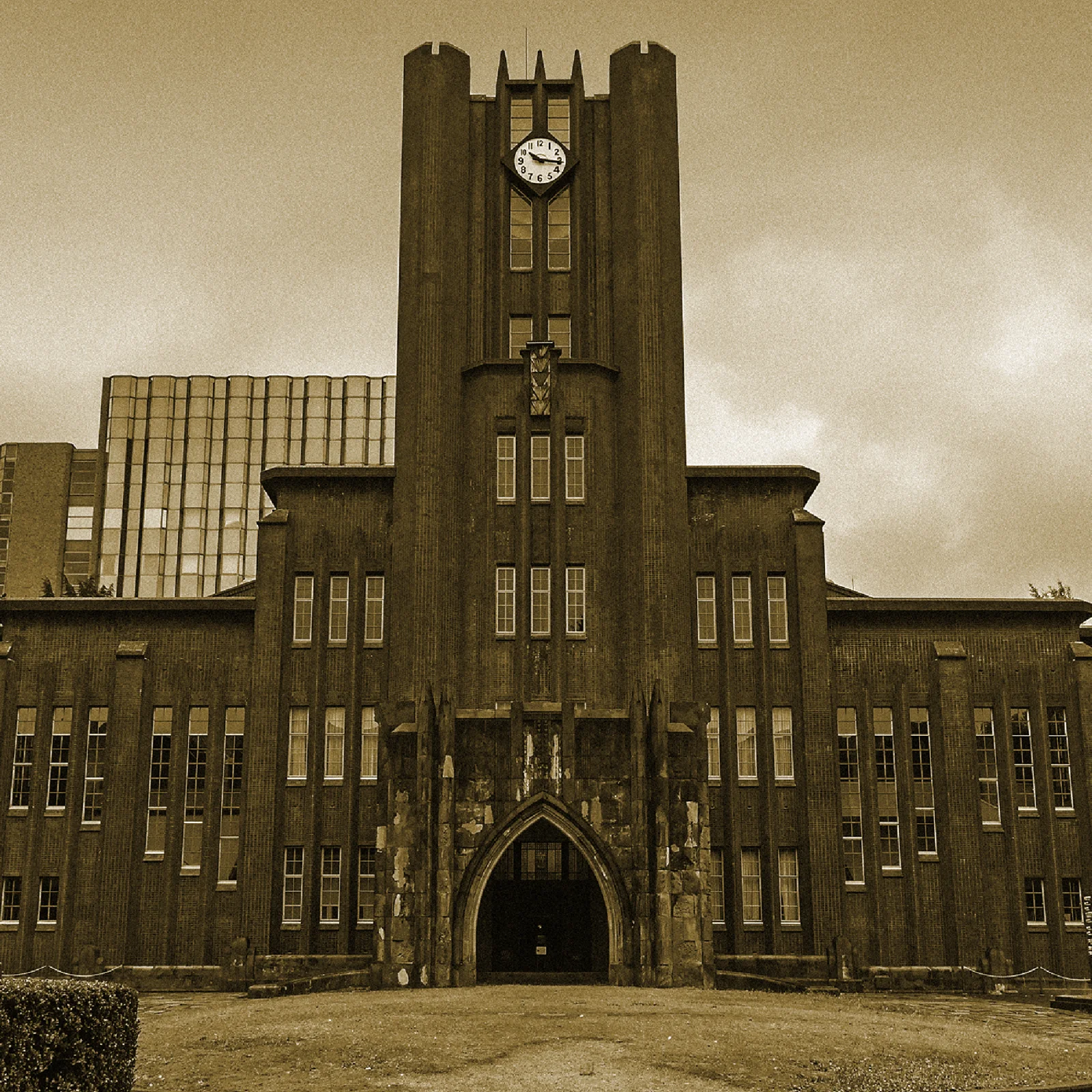WHY
WHAT CAN DESIGN DO
TO FOSTER COLLECTIVE
INTELLIGENCE WITHIN
ORGANIZATIONS
AND SPACES?
WHAT CAN DESIGN DO
TO FOSTER COLLECTIVE
INTELLIGENCE WITHIN
ORGANIZATIONS
AND SPACES?
Just as the term “innovation” originates from the idea of “new combinations”–the creation of new value through the fusion of disparate elements–creativity thrives on dialogue that crosses disciplines. Yet, in today’s society, where efficiency and rationalization are prioritized, specialization and division of labor have progressed across all fields and industries. This has created a situation where individuals lose interest in areas beyond their expertise, ultimately limiting the capacity for innovation within their own domains.
A 2017 paper published in Science showed that research productivity peaks around the fifth year of a researcher’s career and declines rapidly after the eighth year. This data suggests that remaining confined to a single area of specialization may diminish creative output over time.
Japan’s current economic stagnation and lack of innovation are often attributed to the low mobility of talent and the rigid, siloed structures of its organizations. In today’s so-called “age of division,” the importance of communication that bridges divides–whether between nations, races, or religions–has never been greater.
It is essential to foster collaboration that crosses sectors and disciplines where individuals are encouraged to step beyond their fields, explore the external applications of their specialized knowledge, and drive creative change in society.
How Becoming an “Expert” Can Diminish Creativity
TIPS FROM NOSIGNER
KEY POINTS
IN COMMUNITY DESIGN
KEY POINTS
IN COMMUNITY DESIGN
POINT 01
EXPLORING THE APPLICABILITY OF SPECIALIZED KNOWLEDGE
Insights developed within specialized fields are valuable resources for guiding society toward a better future. To realize design collectively, it is essential to engage with specialized fields curiously and respectfully, seeking to understand them deeply. At the same time, it is important to explore how specialized knowledge can be applied in society and to discuss with experts the factors that limit its broader impact.
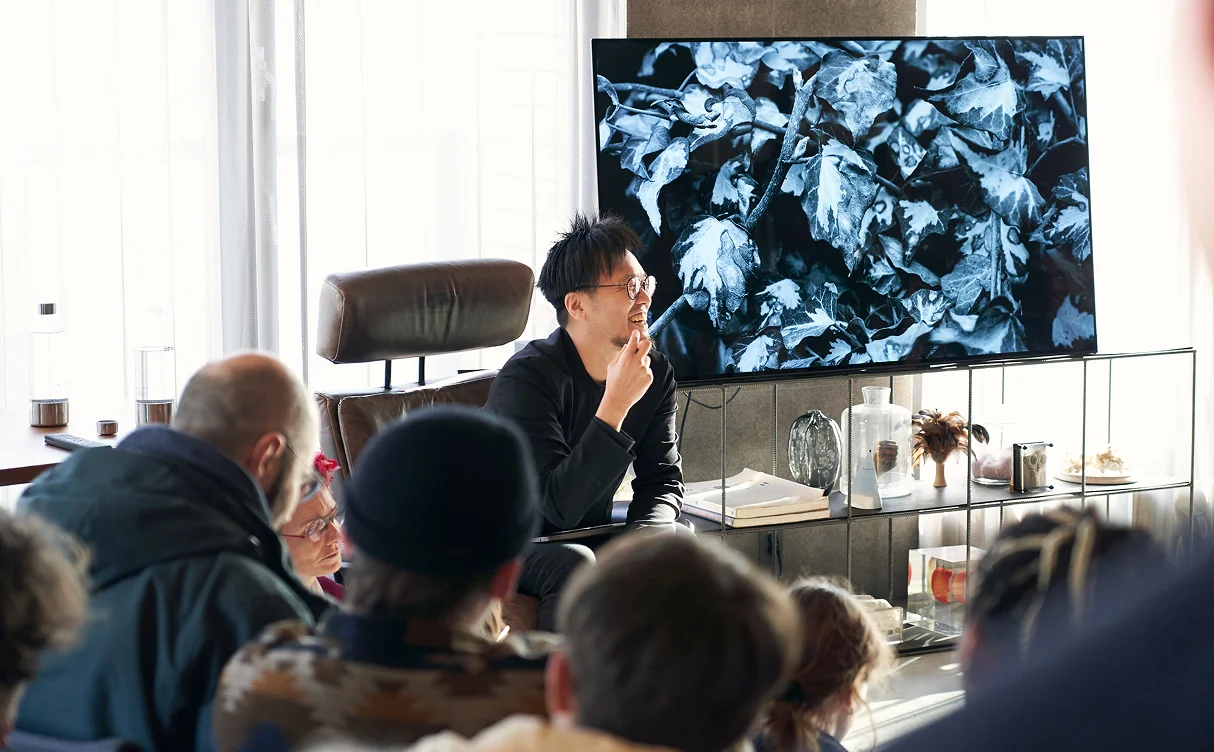
POINT 02
MOVE BEYOND TITLES AND CONNECT AT THE ROOTS
Even in the most complex of research fields, the motivations and formative experiences behind a researcher’s work are often surprisingly relatable. Looking beyond job titles and focusing not only on the WHAT and HOW but also the WHY behind a specialist’s journey, we can build deeper connections grounded in empathy. Conversations about shared visions for a better future can spark new projects.
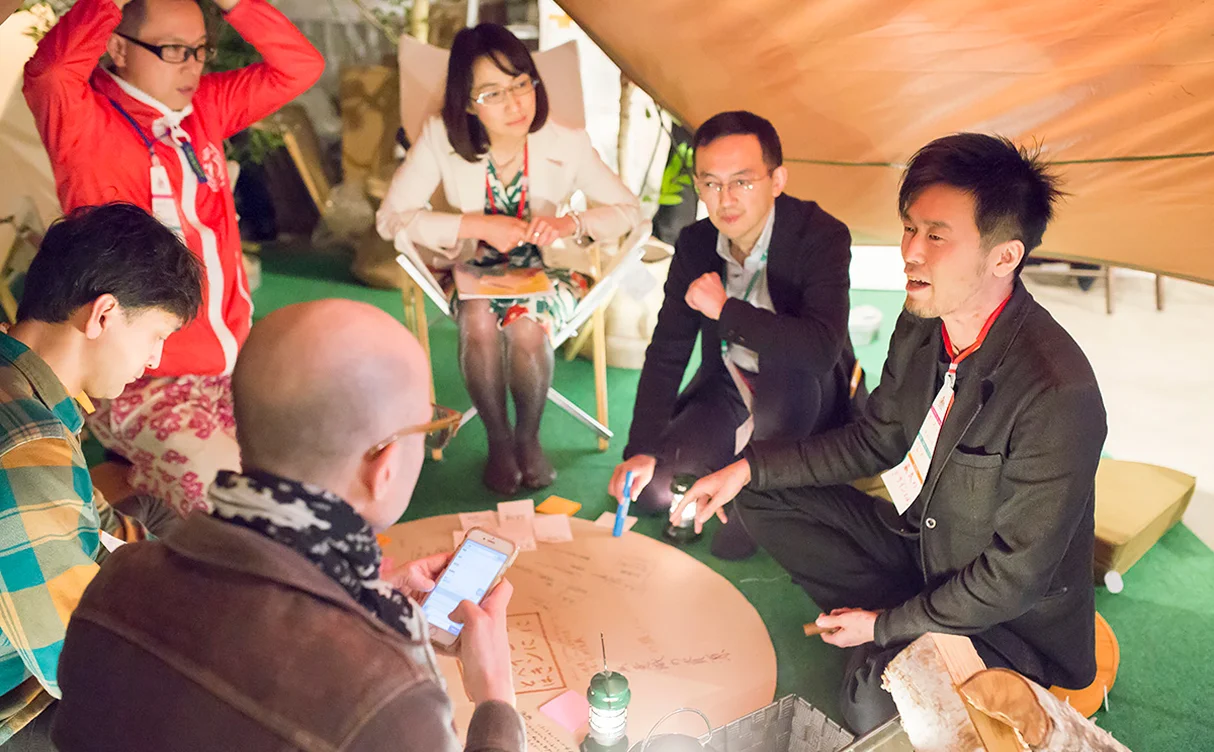
POINT 03
DRIVE ENGAGEMENT AND SHARE VISION
Cross-disciplinary communities of experts need clear, visually compelling communication of the purpose of their activities to reach broader audiences. Branding that expresses the community’s name and symbols, their role in society, and vision for the future, provides the necessary foundation for succesful cross-sector collaboration.
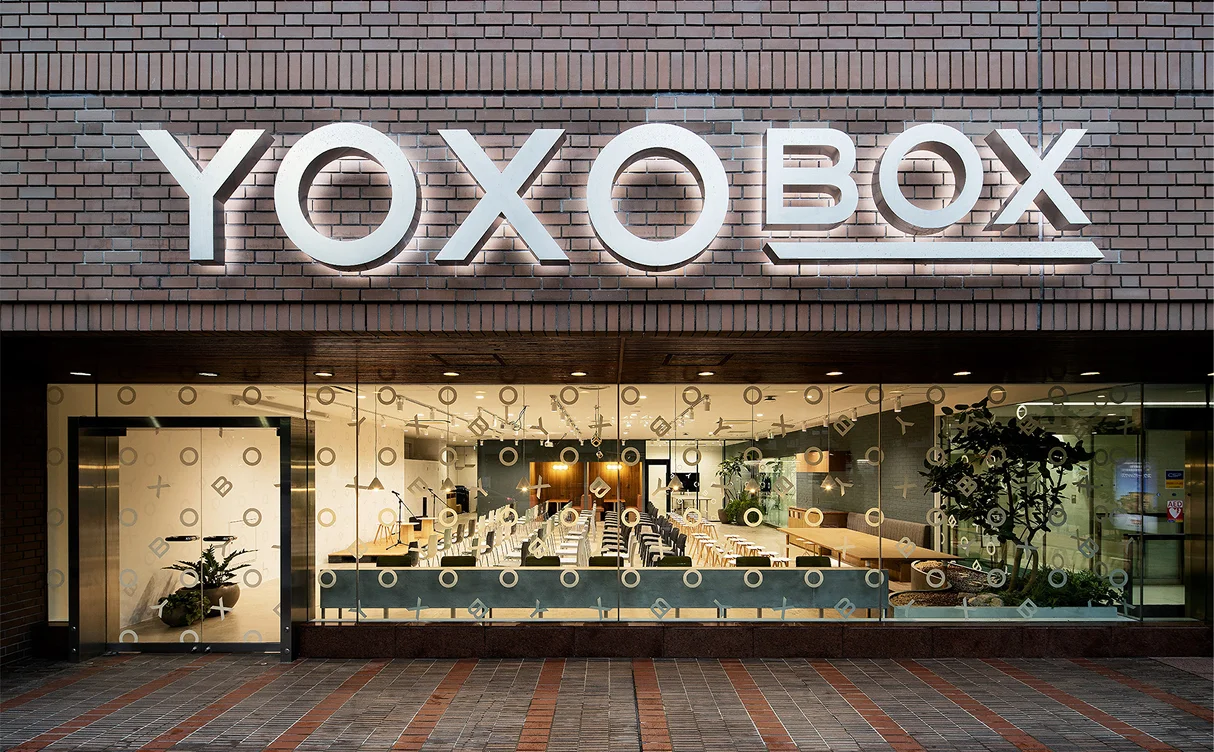
RESULTS
RESULTS THROUGH
COMMUNITY DESIGN
RESULTS THROUGH
COMMUNITY DESIGN

Served as director of co-creation platform where diverse innovators gather. Generated numerous projects shaping the future of local communities and society.
Co-Cree!
DESIGN CASES
“
Evolutional Creativity – Eisuke Tachikawa





































































